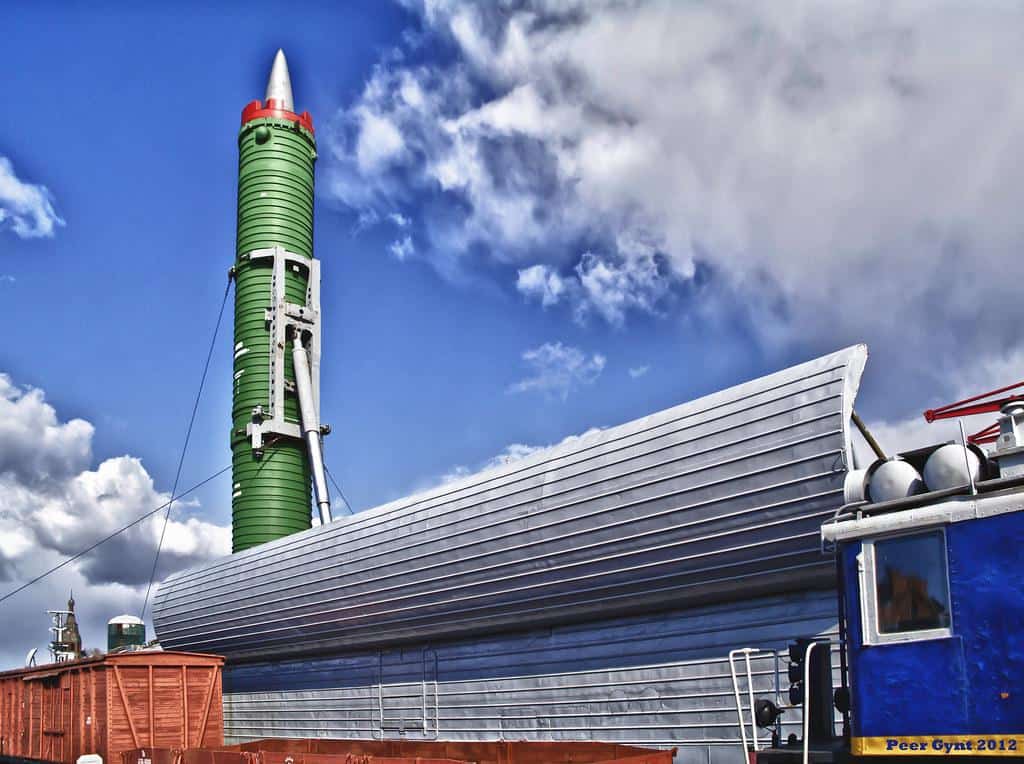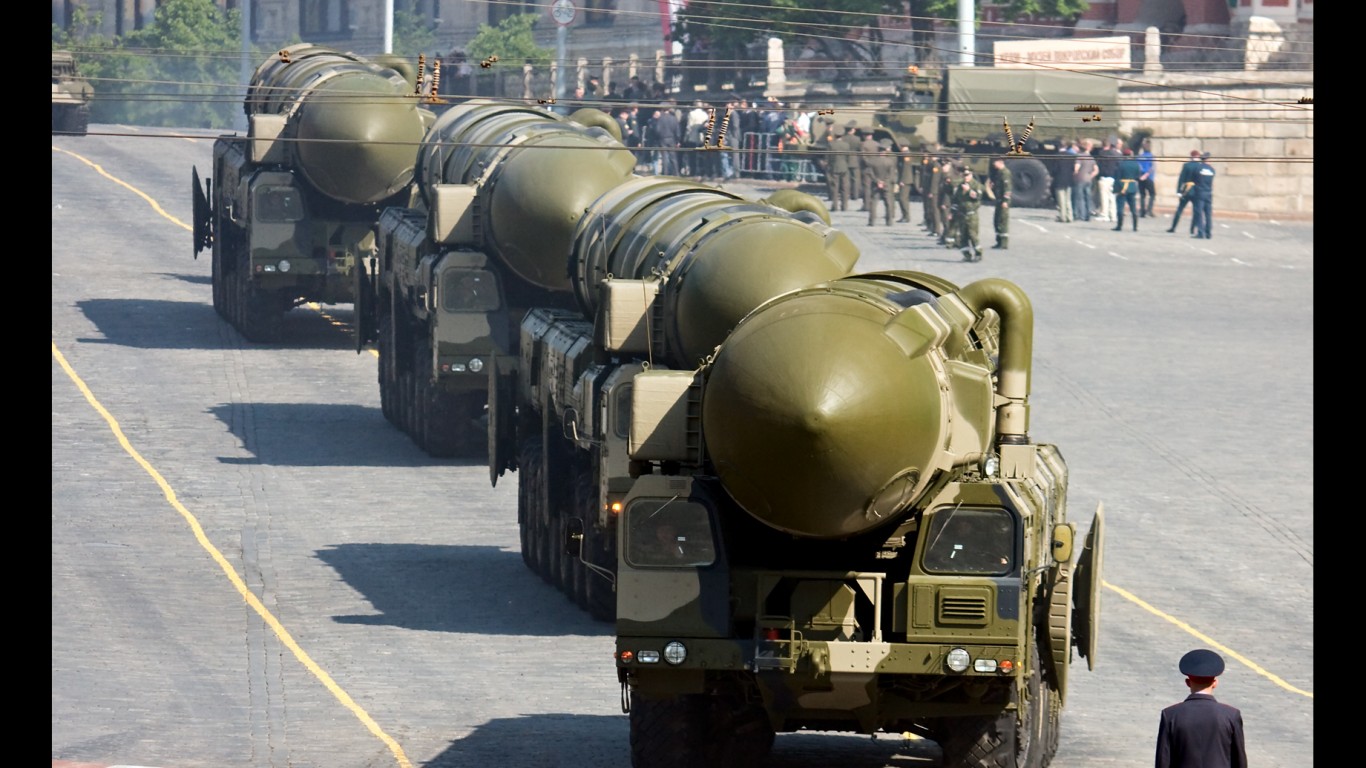
24/7 Wall St. Insights
- The U.S. has a larger defense budget than any other country in the world.
- But a new, bipartisan report shows the American military is ill prepared for potential future threats.
- Also: Discover the next Nvidia
The United States invests more in its military than any other country on Earth. According to the Stockholm International Peace Research Institute, U.S. defense spending topped $916 billion in 2023, more than the combined expenditures of the next nine highest-spending countries combined. But while it is widely regarded as the world’s most capable fighting force, the U.S. military is woefully unprepared to meet potential threats in the coming years.
A recent report published by the Commission on the National Defense Strategy bluntly states that the threats facing the U.S. today are more serious than at any time since 1945. The report, compiled for Congress by a bipartisan panel, singles out China for posing the greatest risk to American interests. In the midst of a decades-long military buildup, the most rapid of any country since World War II, China has effectively negated any American military advantage in the Western Pacific, according to the report, and will soon be well-positioned for an invasion of Taiwan. (Here is a look at how China’s military compares to the U.S. military.)
While the most formidable, China is by no means the only threat to national security and American interests. Seeking to return to a position of global leadership, Russia is expected to allocate 29% of its national budget to defense this year, up from about 16% in 2023 — and is actively pursuing the deployment of a nuclear weapon in outer space. Both China and Russia, countries that formed a “no-limits” partnership in 2022, are also strengthening their partnerships with Iran and North Korea — two nuclear-armed pariah states — through arms and technology transfers.
The aligned interests of these four countries run in direct opposition to those of the United States, and according to the report, create “a real risk, if not likelihood, that conflict anywhere could become a multi-theater or global war.” The United States is not equipped for such an event, as, following modifications made in 2018, the national defense strategy, or NDS, only calls for the U.S. military to be ready for a major war in a single theater of operations. Indeed, when put against the military assets and capabilities of the adversarial nations identified in the report, American military power often does not compare favorably.
Using data from Global Firepower’s 2024 report on international military capabilities, 24/7 Wall St. reviewed how American military strength compares to that of China, Iran, North Korea and Russia. The military assets on this list fall into one of six categories: finances, manpower, air power, land power, naval power, and weapons of mass destruction. Nuclear stockpile estimates are from the Arms Control Association and military spending figures are from SIPRI. All other estimates are as reported by Global Firepower.
The report recommends multiple approaches to addressing these shortcomings, including strengthening international alliances and reforming antiquated Defense Department weapons procurement and development practices. Other key recommendations, like revoking military spending caps and implementing annual increases to the defense budget, will not be cheap or politically popular. (Here is a look at the U.S. military’s most expensive weapons programs in 2025.)
Why It Matters
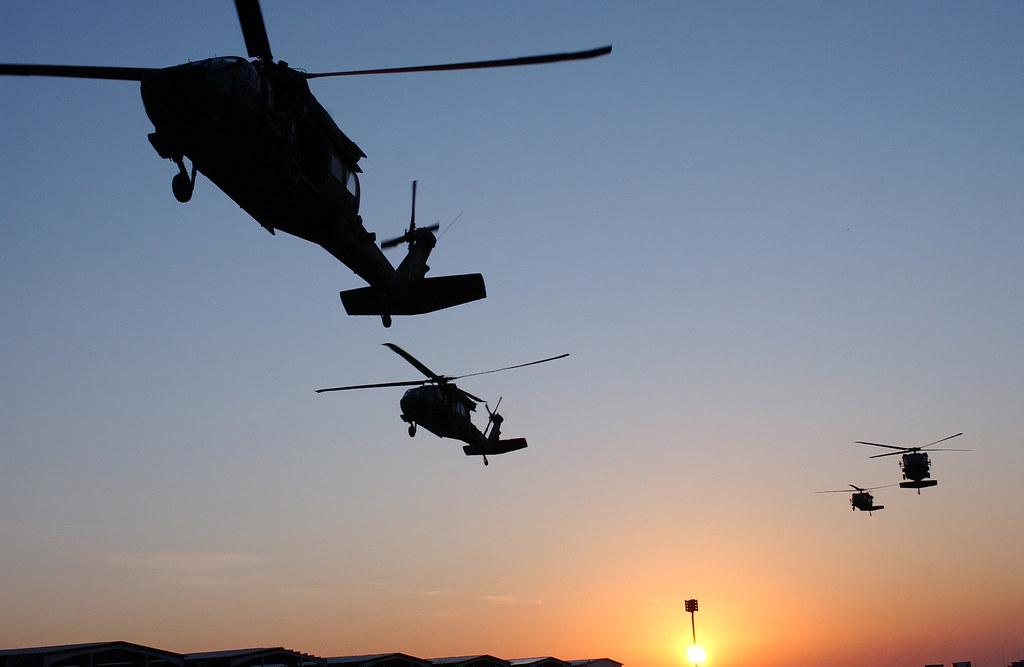
The threat of a major war involving the United States is higher now than at any point in the last 80 years — and the U.S. has not been adequately prepared for such a conflict since the Cold War ended 35 years ago. A major war between the United States and its geopolitical adversaries in China, Iran, North Korea, and Russia would have devastating consequences. While such an event is by no means inevitable, improving American military preparedness may reduce the likelihood of a global conflict.
Financials: Defense budget
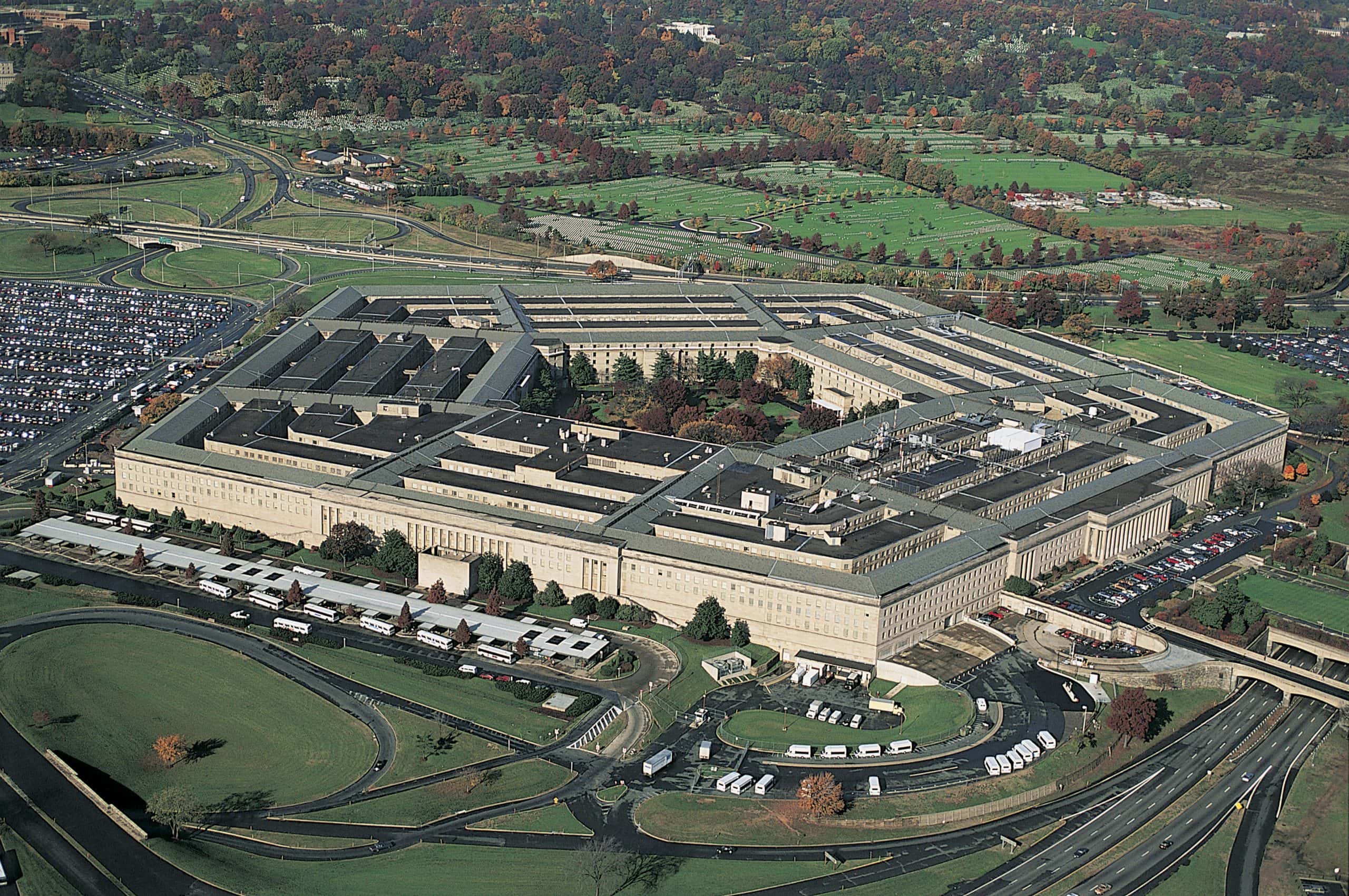
- United States’ estimated capacity: $916.0 billion
- China’s estimated capacity: $296.4 billion
- Iran’s estimated capacity: $10.2 billion
- North Korea’s estimated capacity: $1.6 billion
- Russia’s estimated capacity: $109.5 billion
Financials: Defense budget as share of GDP
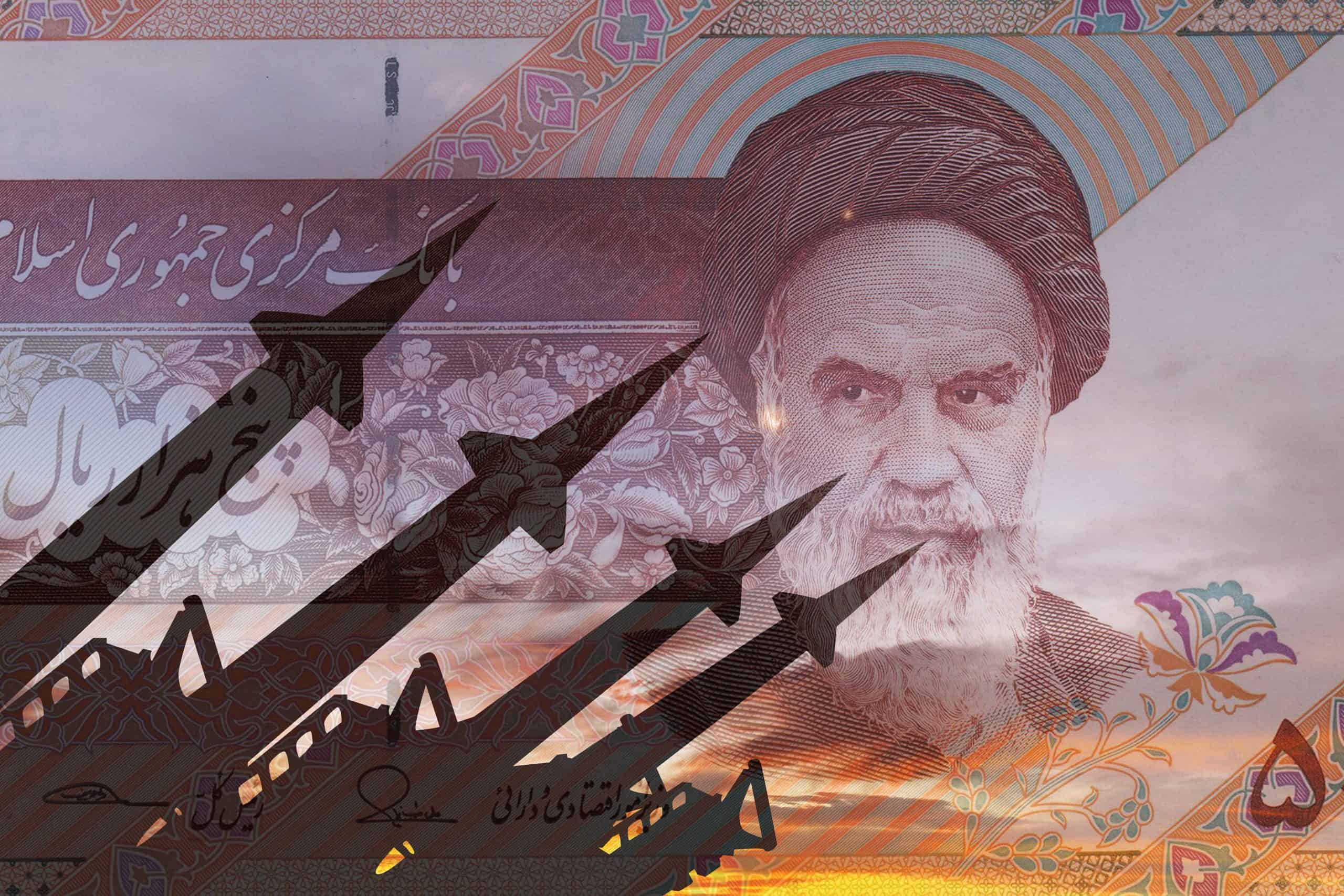
- United States’ estimated capacity: 3.4%
- China’s estimated capacity: 1.7%
- Iran’s estimated capacity: 2.1%
- North Korea’s estimated capacity: N/A
- Russia’s estimated capacity: 5.9%
Financials: Defense budget as share of gov. spending
- United States’ estimated capacity: 9.1%
- China’s estimated capacity: 5.0%
- Iran’s estimated capacity: 13.5%
- North Korea’s estimated capacity: N/A
- Russia’s estimated capacity: 16.1%
Manpower: Population fit-for-service
- United States’ estimated capacity: 124.0 million people
- China’s estimated capacity: 626.0 million people
- Iran’s estimated capacity: 41.2 million people
- North Korea’s estimated capacity: 5.3 million people
- Russia’s estimated capacity: 46.5 million people
Manpower: Paramilitary forces
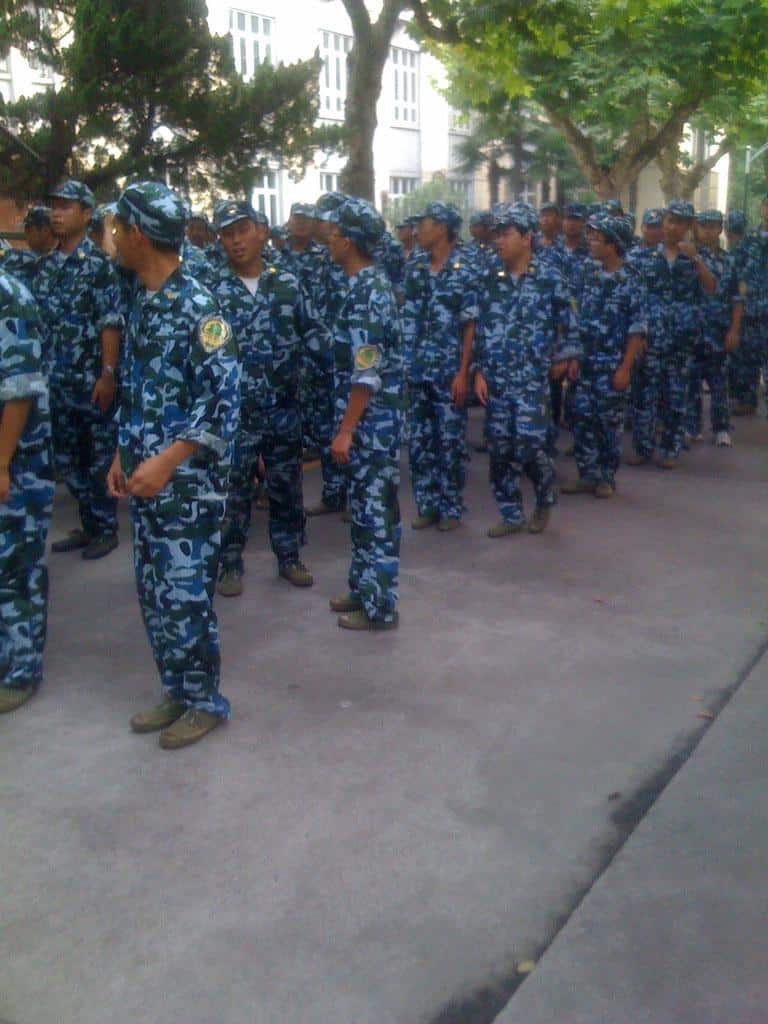
- United States’ estimated capacity: None
- China’s estimated capacity: 625,000 troops
- Iran’s estimated capacity: 220,000 troops
- North Korea’s estimated capacity: 100,000 troops
- Russia’s estimated capacity: 250,000 troops
Manpower: Reserve personnel
- United States’ estimated capacity: 799,500 reservists
- China’s estimated capacity: 510,000 reservists
- Iran’s estimated capacity: 350,000 reservists
- North Korea’s estimated capacity: 560,000 reservists
- Russia’s estimated capacity: 2.0 million reservists
Manpower: Active personnel
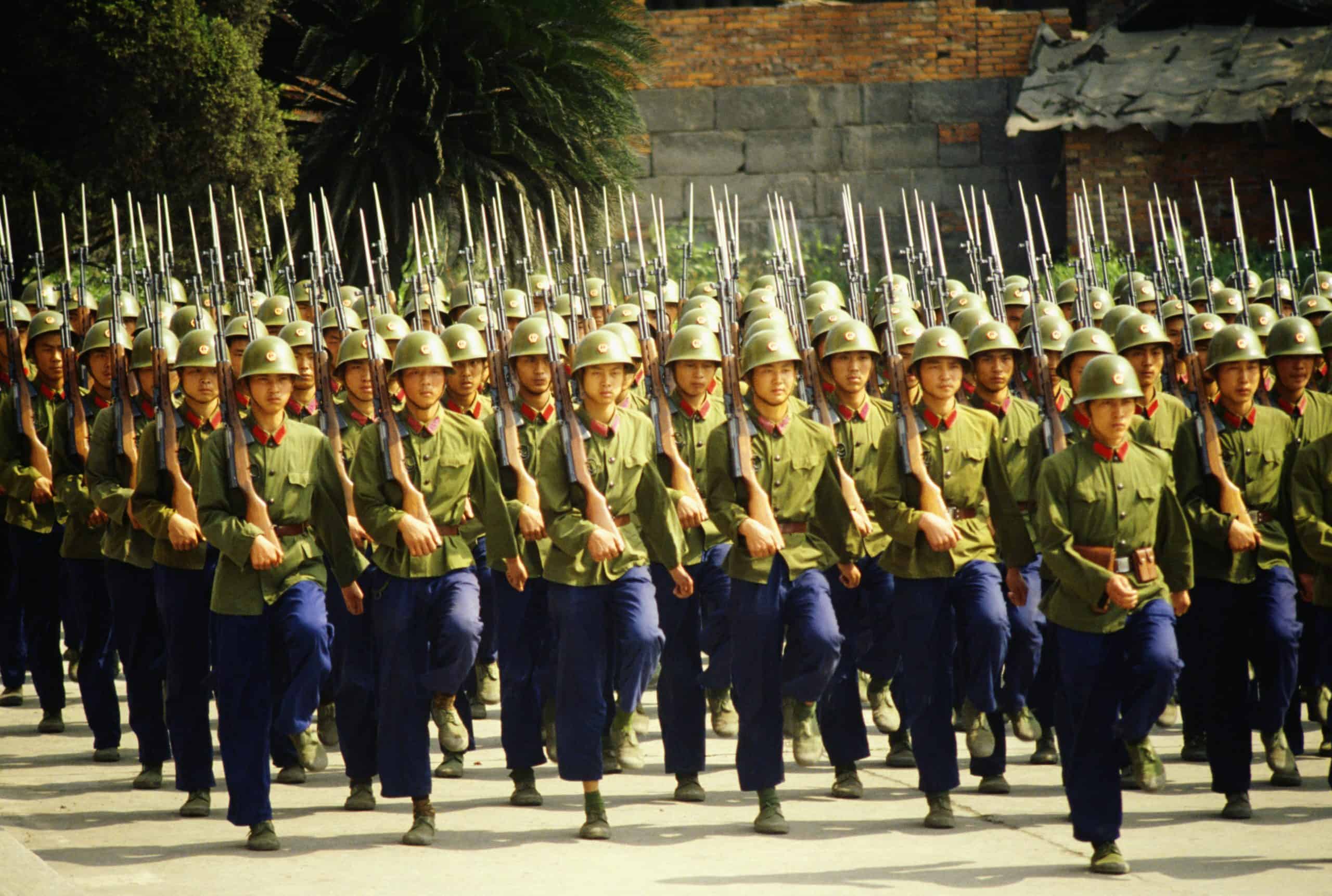
- United States’ estimated capacity: 1.3 million troops
- China’s estimated capacity: 2.0 million troops
- Iran’s estimated capacity: 610,000 troops
- North Korea’s estimated capacity: 1.3 million troops
- Russia’s estimated capacity: 1.3 million troops
Manpower: Total military personnel
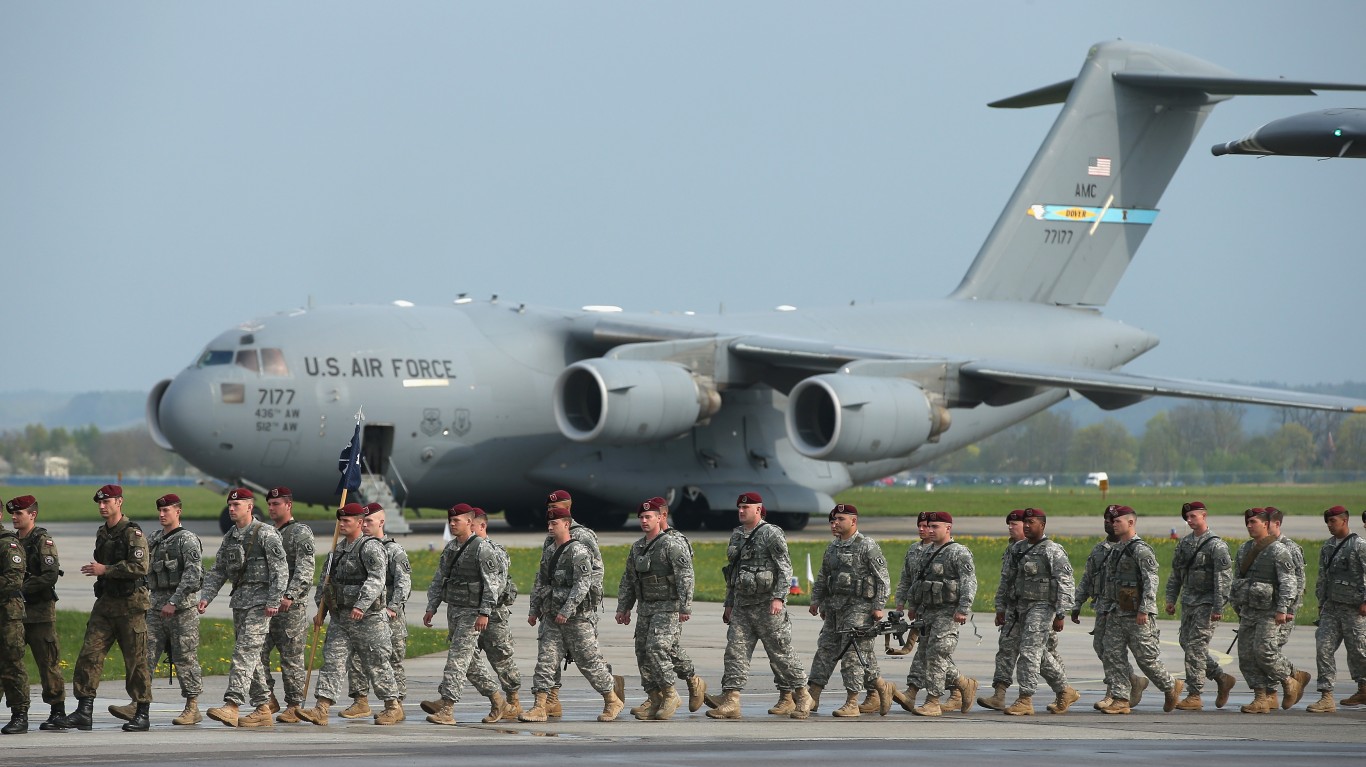
- United States’ estimated capacity: 2.1 million people
- China’s estimated capacity: 3.2 million people
- Iran’s estimated capacity: 1.2 million people
- North Korea’s estimated capacity: 2.0 million people
- Russia’s estimated capacity: 3.6 million people
Air power: Dedicated attack aircraft
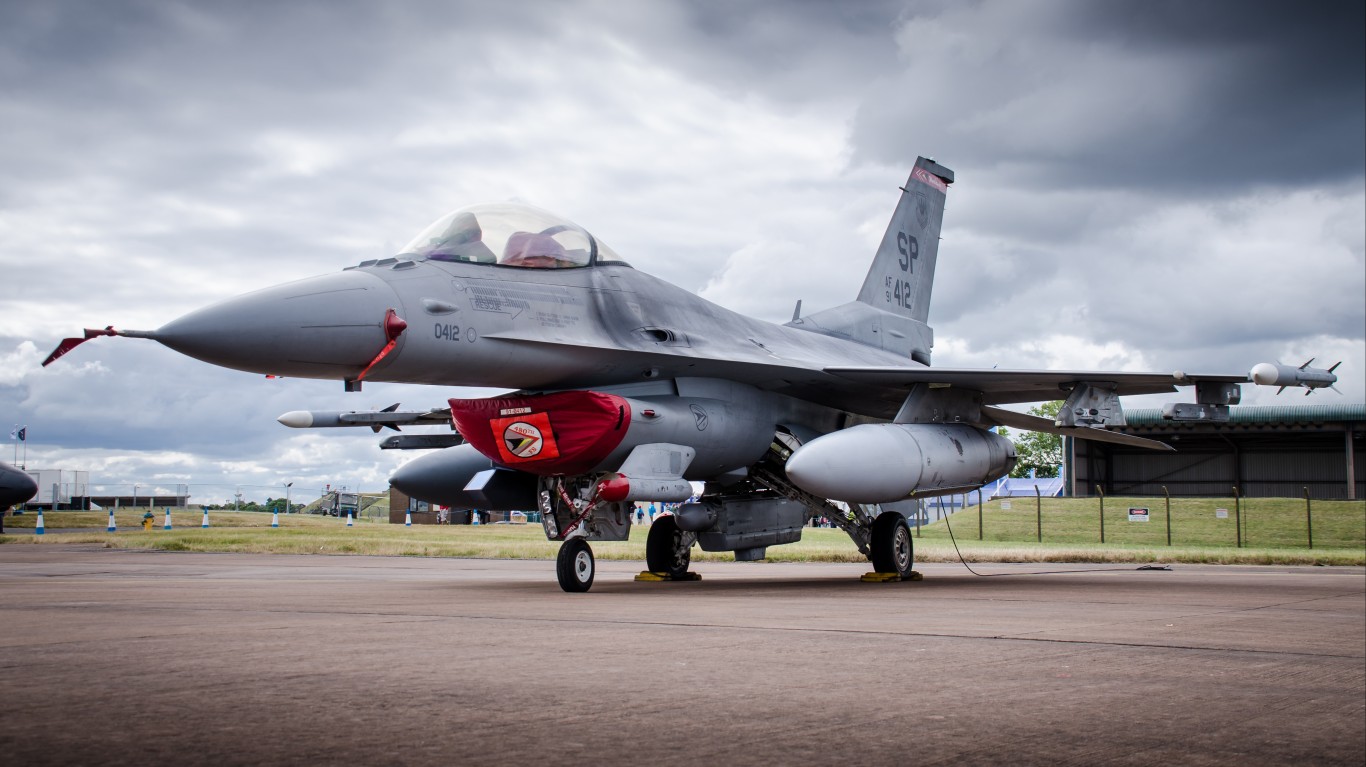
- United States’ estimated capacity: 896 aircraft
- China’s estimated capacity: 371 aircraft
- Iran’s estimated capacity: 23 aircraft
- North Korea’s estimated capacity: 132 aircraft
- Russia’s estimated capacity: 730 aircraft
Air power: Special-mission aircraft
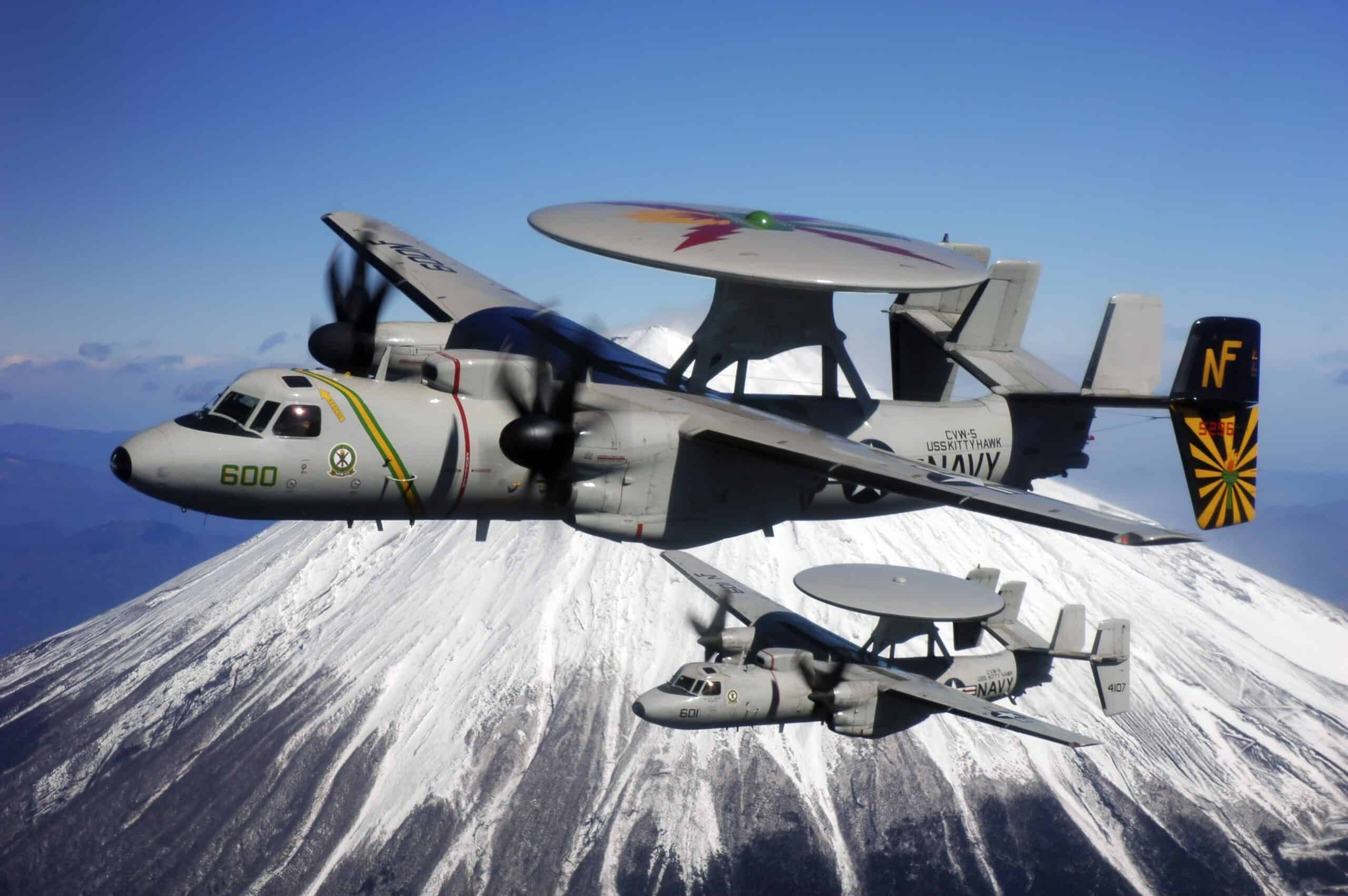
- United States’ estimated capacity: 695 aircraft
- China’s estimated capacity: 112 aircraft
- Iran’s estimated capacity: 10 aircraft
- North Korea’s estimated capacity: None
- Russia’s estimated capacity: 145 aircraft
Air power: Aerial tankers
- United States’ estimated capacity: 606 aircraft
- China’s estimated capacity: 10 aircraft
- Iran’s estimated capacity: 7 aircraft
- North Korea’s estimated capacity: None
- Russia’s estimated capacity: 19 aircraft
Air power: Fighter aircraft
- United States’ estimated capacity: 1,854 aircraft
- China’s estimated capacity: 1,207 aircraft
- Iran’s estimated capacity: 186 aircraft
- North Korea’s estimated capacity: 440 aircraft
- Russia’s estimated capacity: 809 aircraft
Air power: Transport aircraft
- United States’ estimated capacity: 957 aircraft
- China’s estimated capacity: 289 aircraft
- Iran’s estimated capacity: 86 aircraft
- North Korea’s estimated capacity: 1 aircraft
- Russia’s estimated capacity: 453 aircraft
Air power: Attack helicopters
- United States’ estimated capacity: 1,000 aircraft
- China’s estimated capacity: 281 aircraft
- Iran’s estimated capacity: 13 aircraft
- North Korea’s estimated capacity: 20 aircraft
- Russia’s estimated capacity: 559 aircraft
Air power: Trainer aircraft
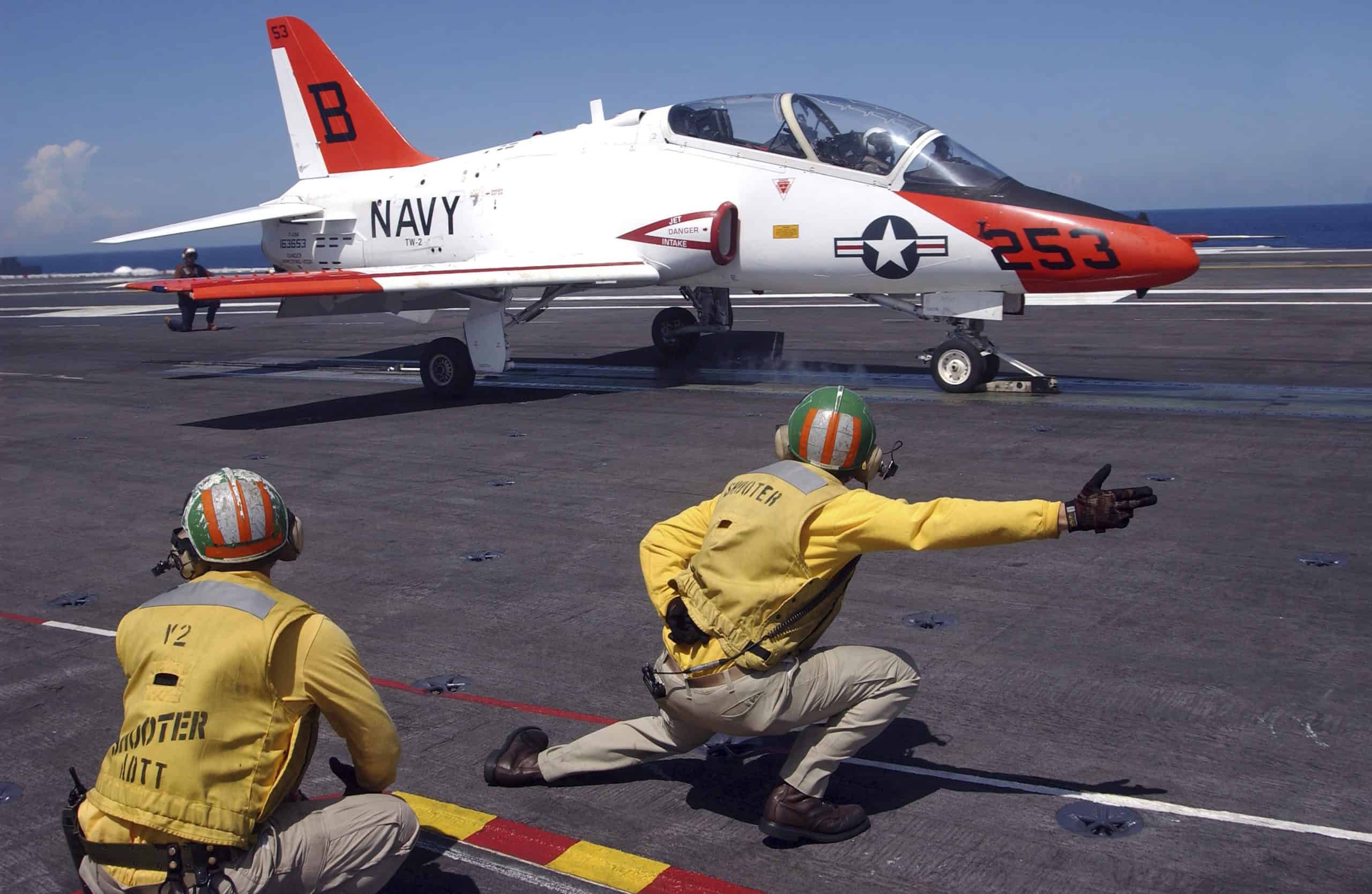
- United States’ estimated capacity: 2,648 aircraft
- China’s estimated capacity: 402 aircraft
- Iran’s estimated capacity: 102 aircraft
- North Korea’s estimated capacity: 173 aircraft
- Russia’s estimated capacity: 552 aircraft
Air power: Helicopters
- United States’ estimated capacity: 5,737 aircraft
- China’s estimated capacity: 913 aircraft
- Iran’s estimated capacity: 129 aircraft
- North Korea’s estimated capacity: 205 aircraft
- Russia’s estimated capacity: 1,547 aircraft
Air power: Total aircraft
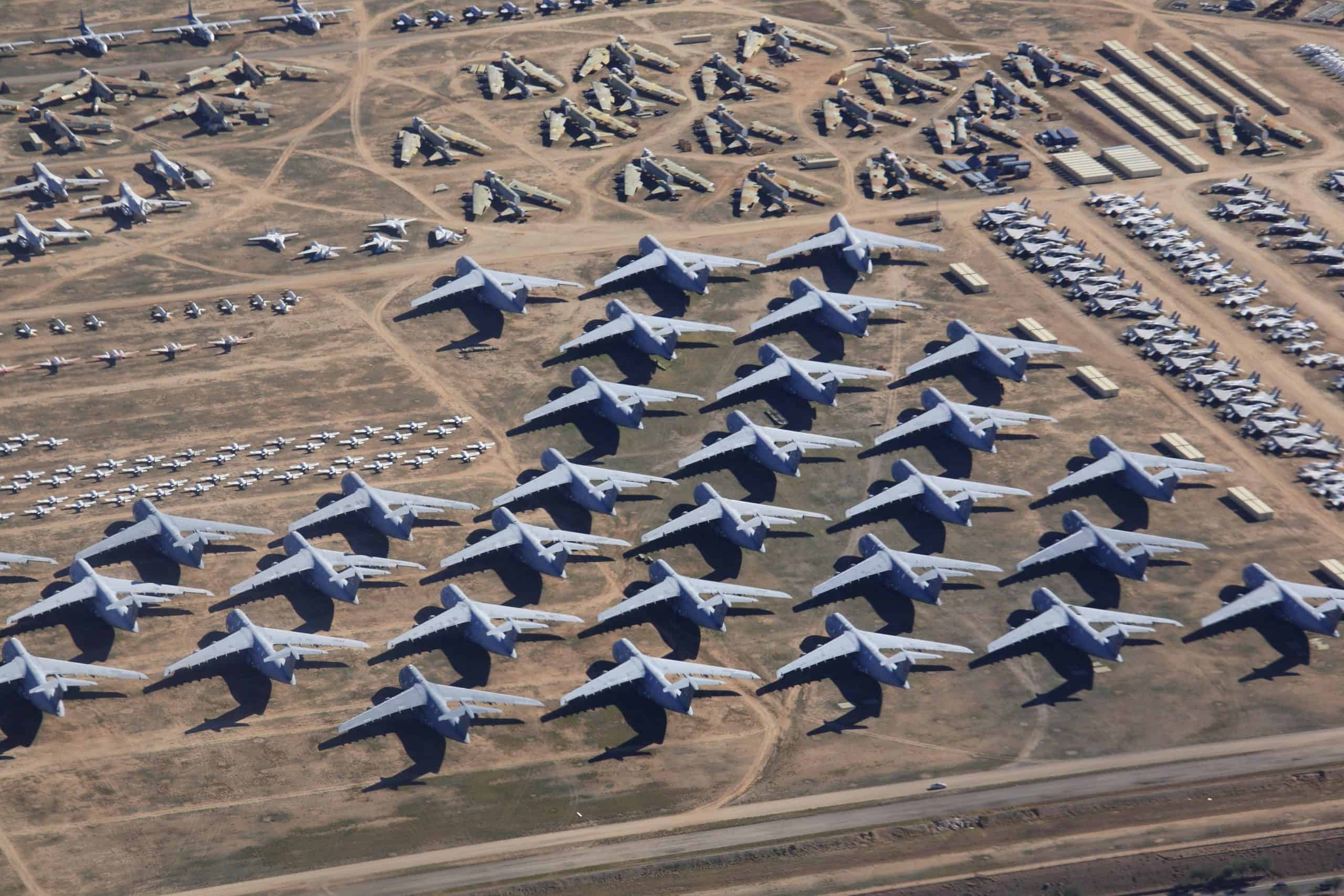
- United States’ estimated capacity: 13,209 aircraft
- China’s estimated capacity: 3,304 aircraft
- Iran’s estimated capacity: 551 aircraft
- North Korea’s estimated capacity: 951 aircraft
- Russia’s estimated capacity: 4,255 aircraft
Air power: Air Force personnel
- United States’ estimated capacity: 701,319 troops
- China’s estimated capacity: 400,000 troops
- Iran’s estimated capacity: 42,000 troops
- North Korea’s estimated capacity: 110,000 troops
- Russia’s estimated capacity: 165,000 troops
Land power: Towed artillery
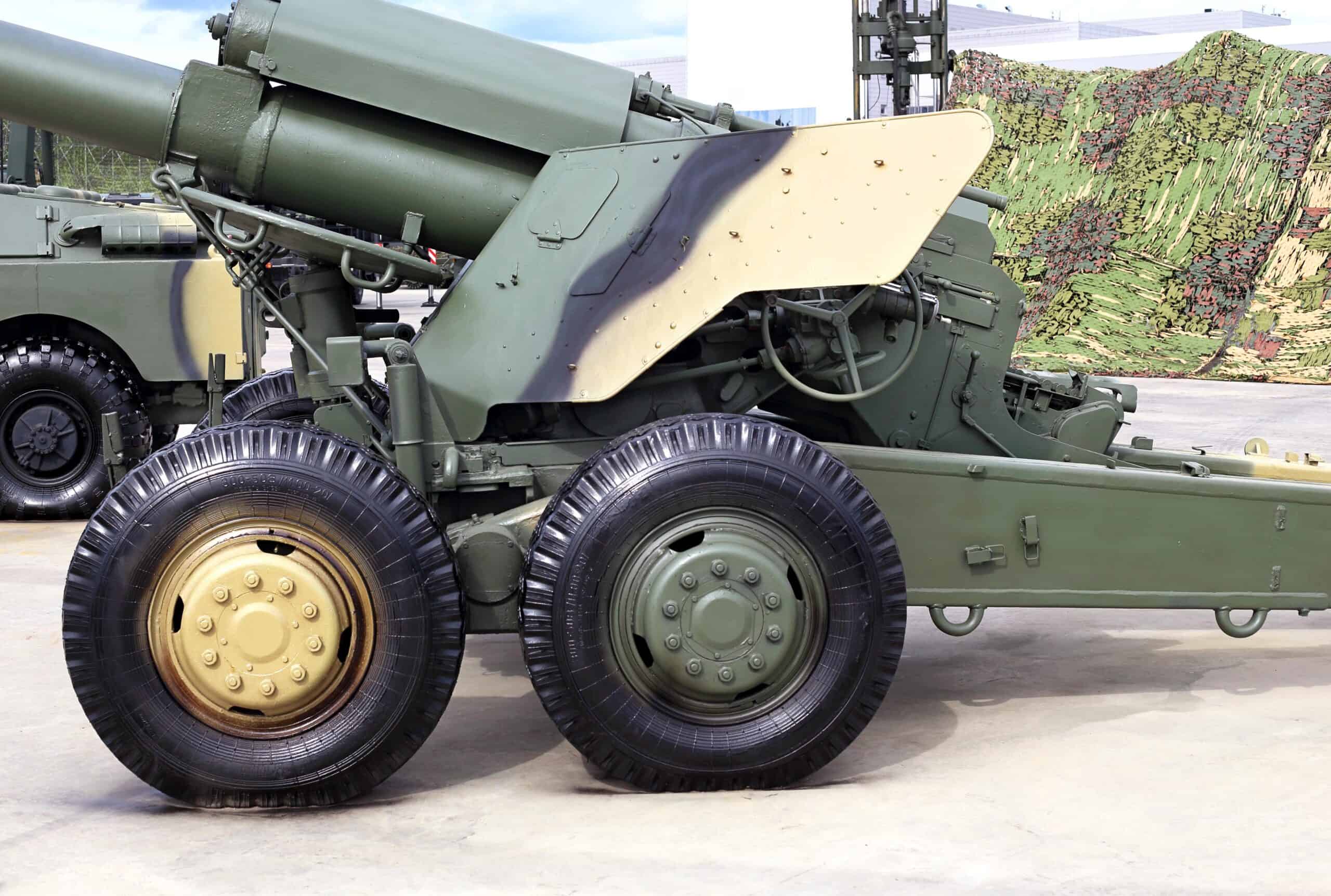
- United States’ estimated capacity: 1,267 pieces
- China’s estimated capacity: 1,434 pieces
- Iran’s estimated capacity: 2,050 pieces
- North Korea’s estimated capacity: 4,500 pieces
- Russia’s estimated capacity: 8,356 pieces
Land power: Tanks
- United States’ estimated capacity: 4,657 vehicles
- China’s estimated capacity: 5,000 vehicles
- Iran’s estimated capacity: 1,996 vehicles
- North Korea’s estimated capacity: 5,845 vehicles
- Russia’s estimated capacity: 14,777 vehicles
Land power: Self-propelled artillery
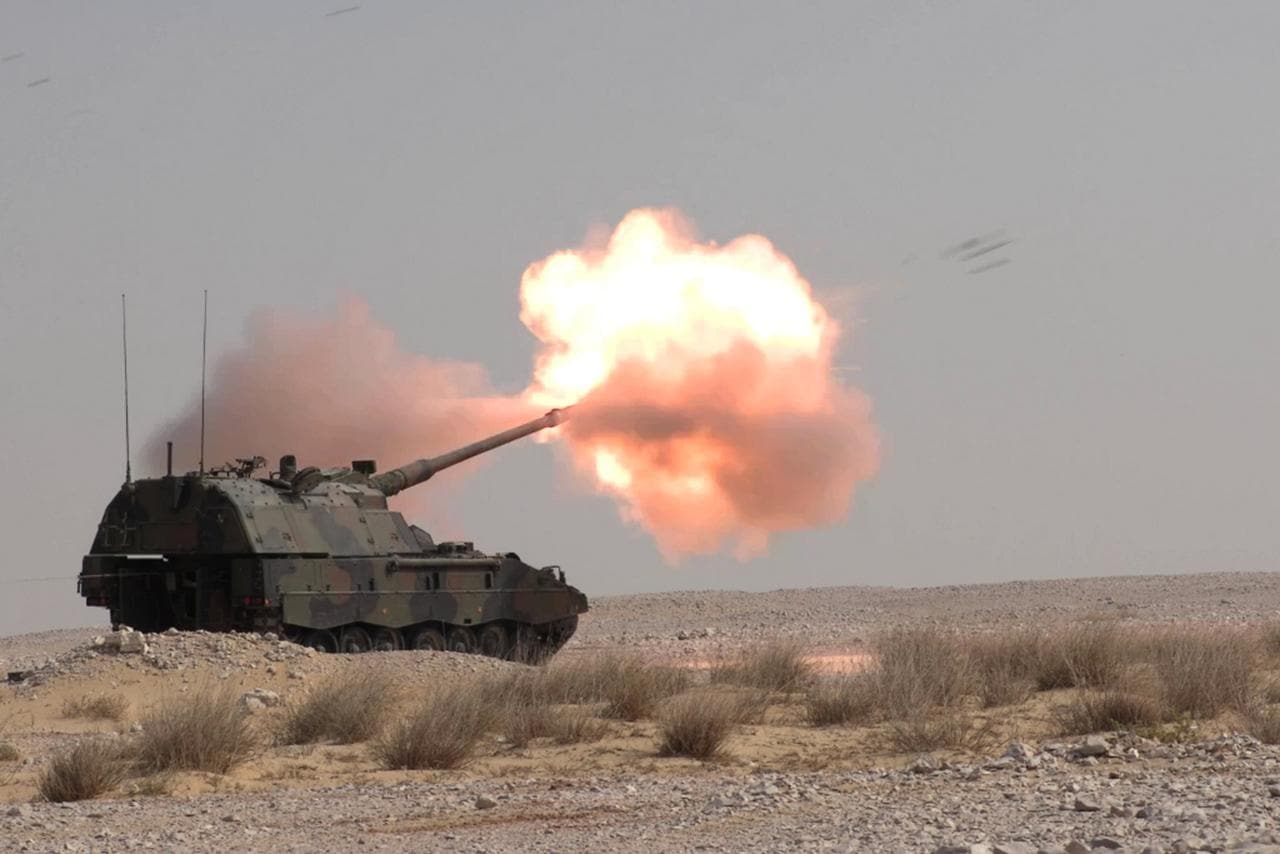
- United States’ estimated capacity: 1,595 pieces
- China’s estimated capacity: 3,850 pieces
- Iran’s estimated capacity: 580 pieces
- North Korea’s estimated capacity: 4,500 pieces
- Russia’s estimated capacity: 6,208 pieces
Land power: Mobile rocket projectors
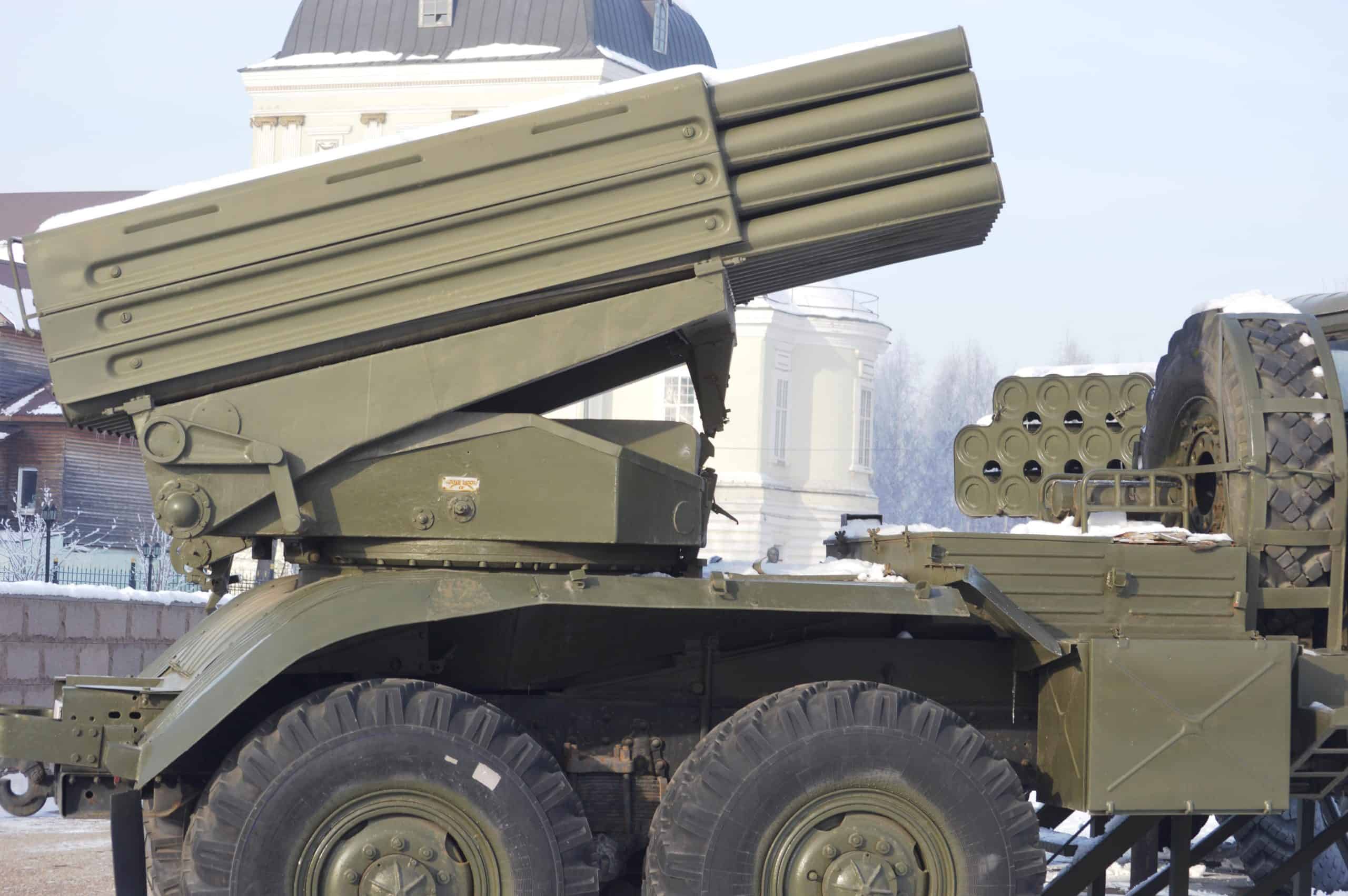
- United States’ estimated capacity: 694 pieces
- China’s estimated capacity: 3,180 pieces
- Iran’s estimated capacity: 775 pieces
- North Korea’s estimated capacity: 2,920 pieces
- Russia’s estimated capacity: 3,065 pieces
Land power: Armored vehicles
- United States’ estimated capacity: 360,069 vehicles
- China’s estimated capacity: 174,300 vehicles
- Iran’s estimated capacity: 65,765 vehicles
- North Korea’s estimated capacity: 24,696 vehicles
- Russia’s estimated capacity: 161,382 vehicles
Land power: Army personnel
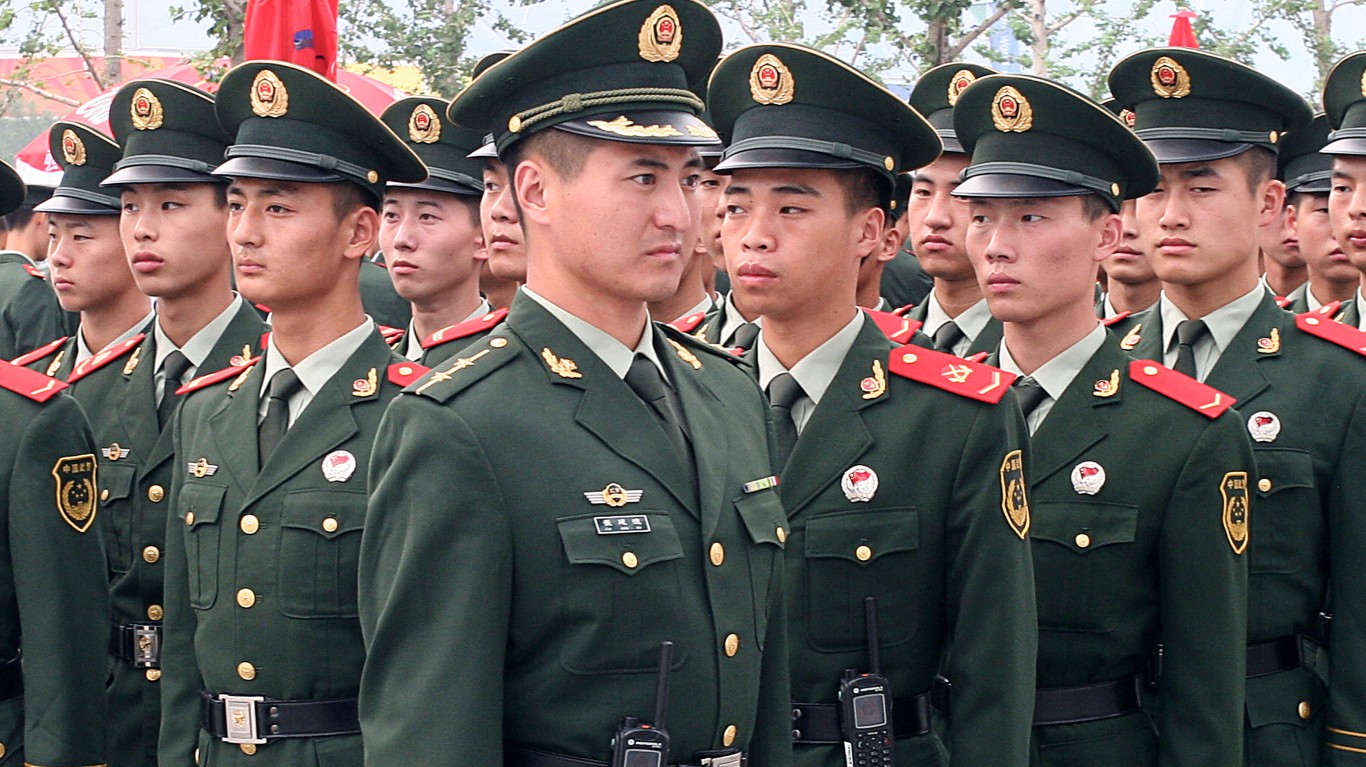
- United States’ estimated capacity: 1.4 million troops
- China’s estimated capacity: 2.5 million troops
- Iran’s estimated capacity: 350,000 million troops
- North Korea’s estimated capacity: 1.4 million troops
- Russia’s estimated capacity: 550,000 troops
Naval power: Destroyers
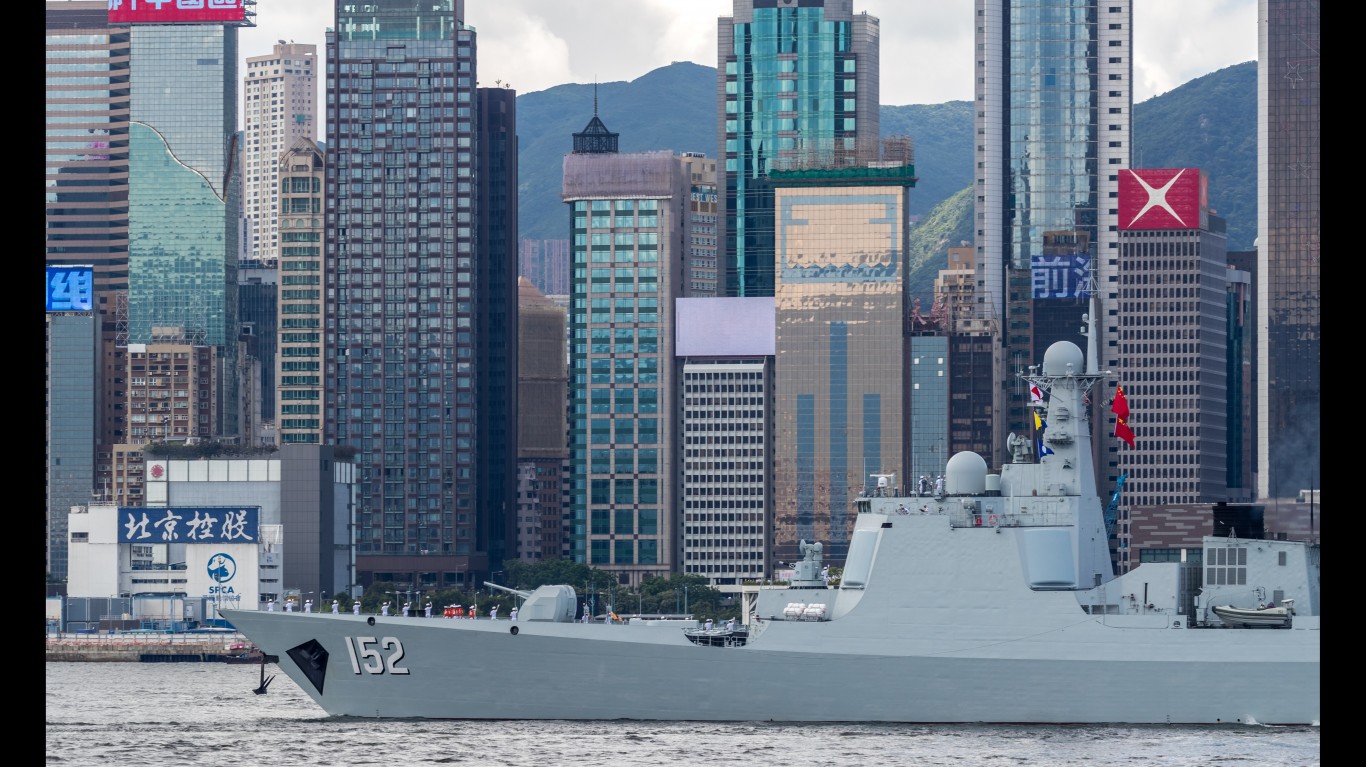
- United States’ estimated capacity: 75 hulls
- China’s estimated capacity: 49 hulls
- Iran’s estimated capacity: None
- North Korea’s estimated capacity: None
- Russia’s estimated capacity: 14 hulls
Naval power: Aircraft carriers
- United States’ estimated capacity: 11 hulls
- China’s estimated capacity: 2 hulls
- Iran’s estimated capacity: None
- North Korea’s estimated capacity: None
- Russia’s estimated capacity: 1 hulls
Naval power: Helicopter carriers
- United States’ estimated capacity: 9 hulls
- China’s estimated capacity: 3 hulls
- Iran’s estimated capacity: None
- North Korea’s estimated capacity: None
- Russia’s estimated capacity: None
Naval power: Submarines
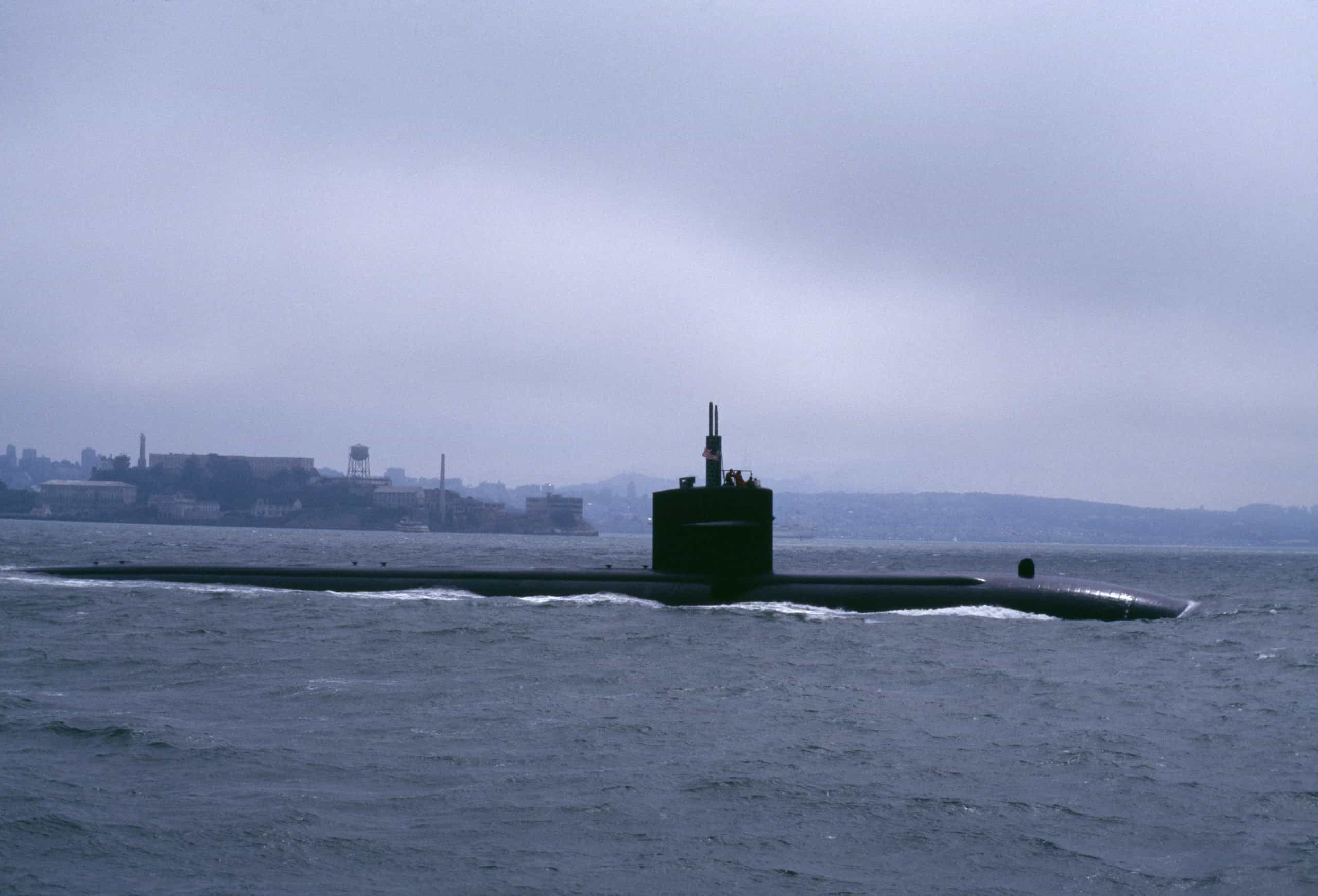
- United States’ estimated capacity: 64 hulls
- China’s estimated capacity: 61 hulls
- Iran’s estimated capacity: 19 hulls
- North Korea’s estimated capacity: 35 hulls
- Russia’s estimated capacity: 65 hulls
Naval power: Mine warfare vessels
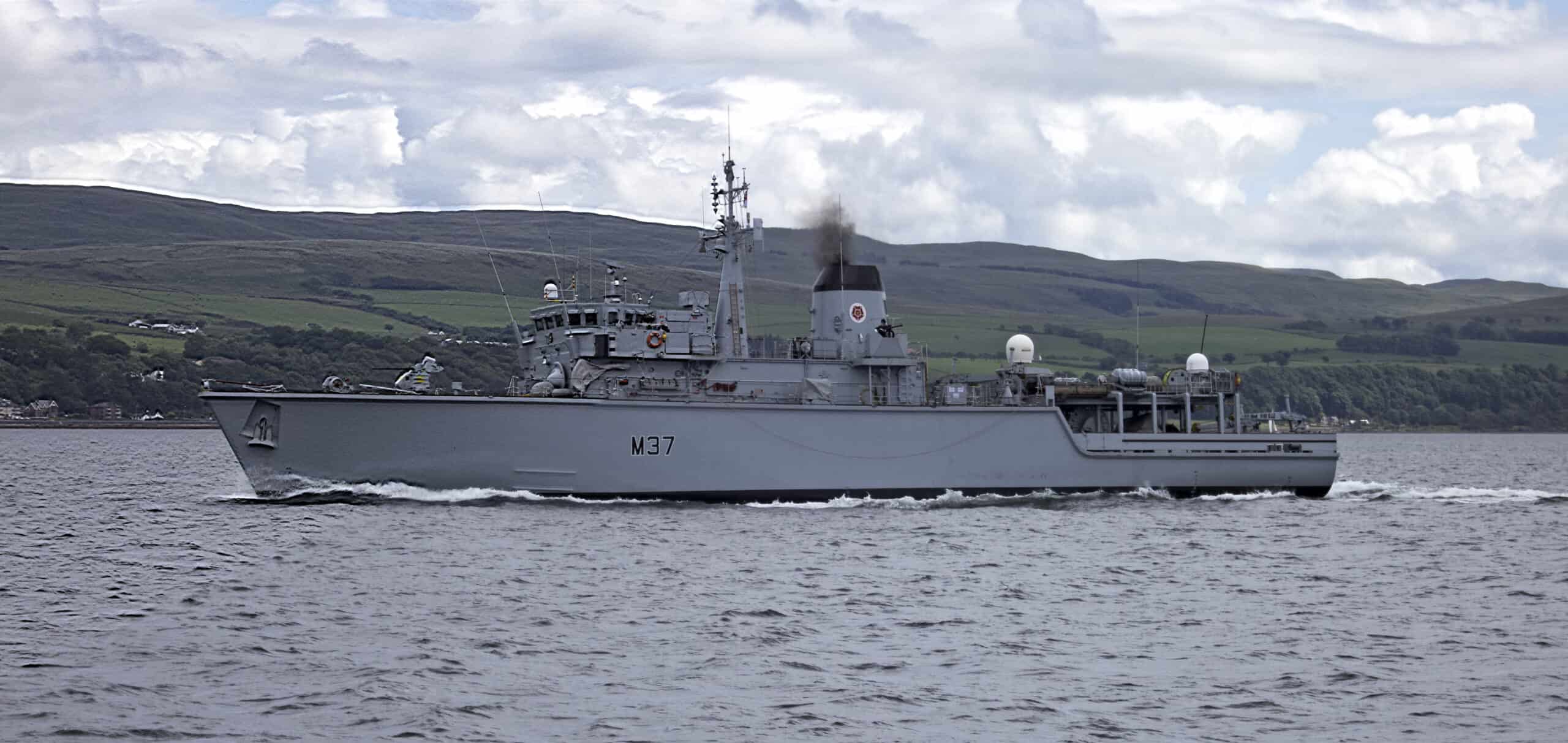
- United States’ estimated capacity: 8 hulls
- China’s estimated capacity: 36 hulls
- Iran’s estimated capacity: 1 hulls
- North Korea’s estimated capacity: 1 hulls
- Russia’s estimated capacity: 47 hulls
Naval power: Frigates
- United States’ estimated capacity: None
- China’s estimated capacity: 42 hulls
- Iran’s estimated capacity: 7 hulls
- North Korea’s estimated capacity: 1 hulls
- Russia’s estimated capacity: 12 hulls
Naval power: Corvettes
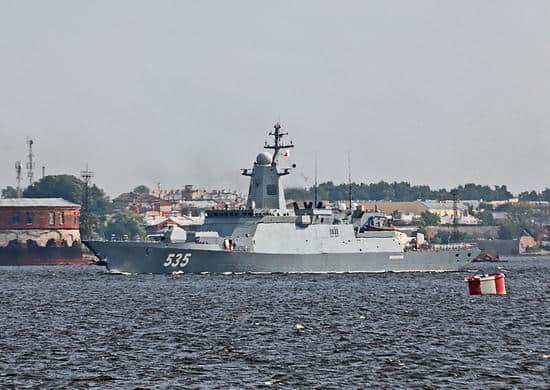
- United States’ estimated capacity: 23 hulls
- China’s estimated capacity: 72 hulls
- Iran’s estimated capacity: 3 hulls
- North Korea’s estimated capacity: 4 hulls
- Russia’s estimated capacity: 83 hulls
Naval power: Patrol vessels
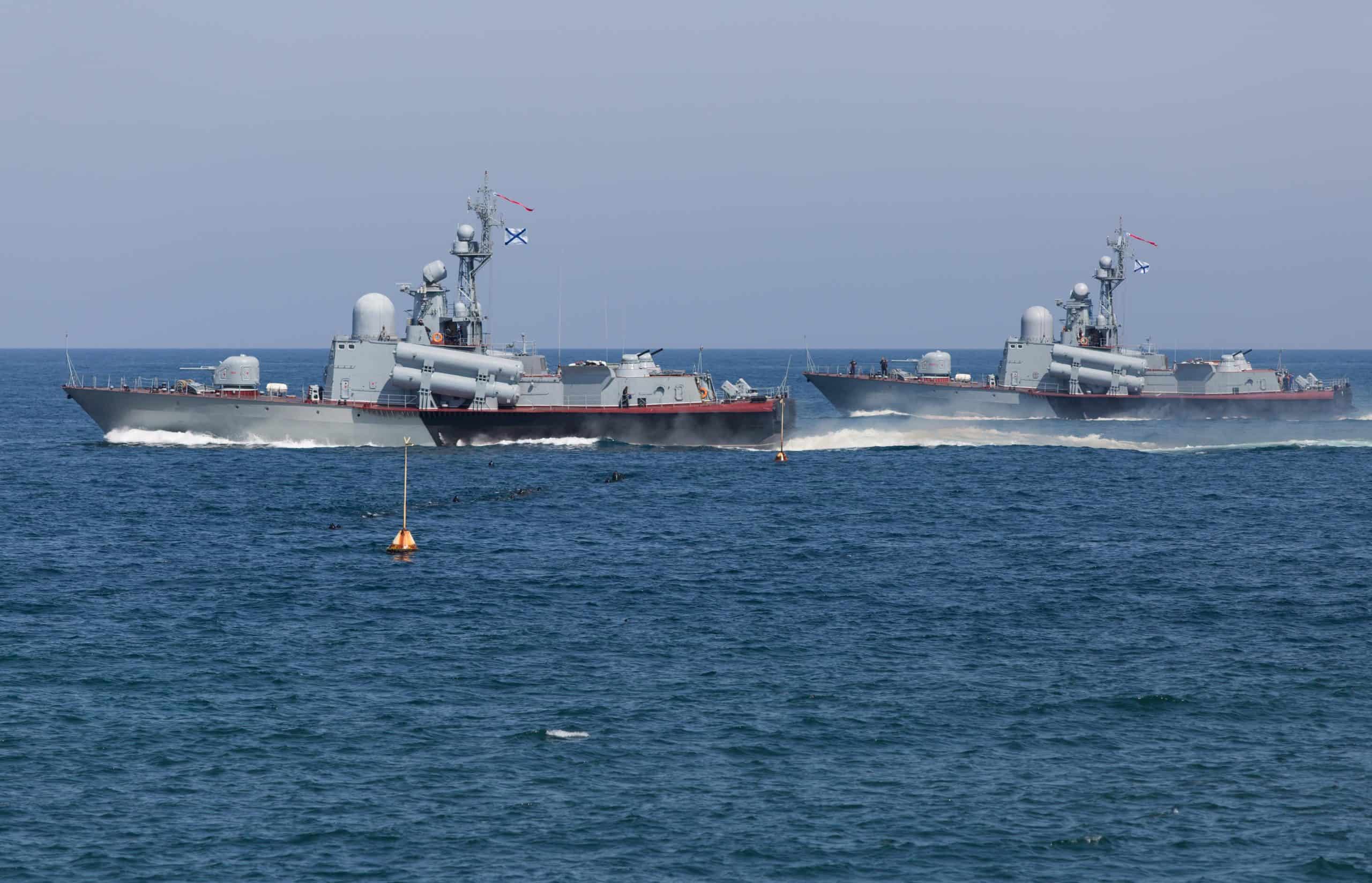
- United States’ estimated capacity: 5 hulls
- China’s estimated capacity: 150 hulls
- Iran’s estimated capacity: 21 hulls
- North Korea’s estimated capacity: 169 hulls
- Russia’s estimated capacity: 122 hulls
Naval power: Total fleet
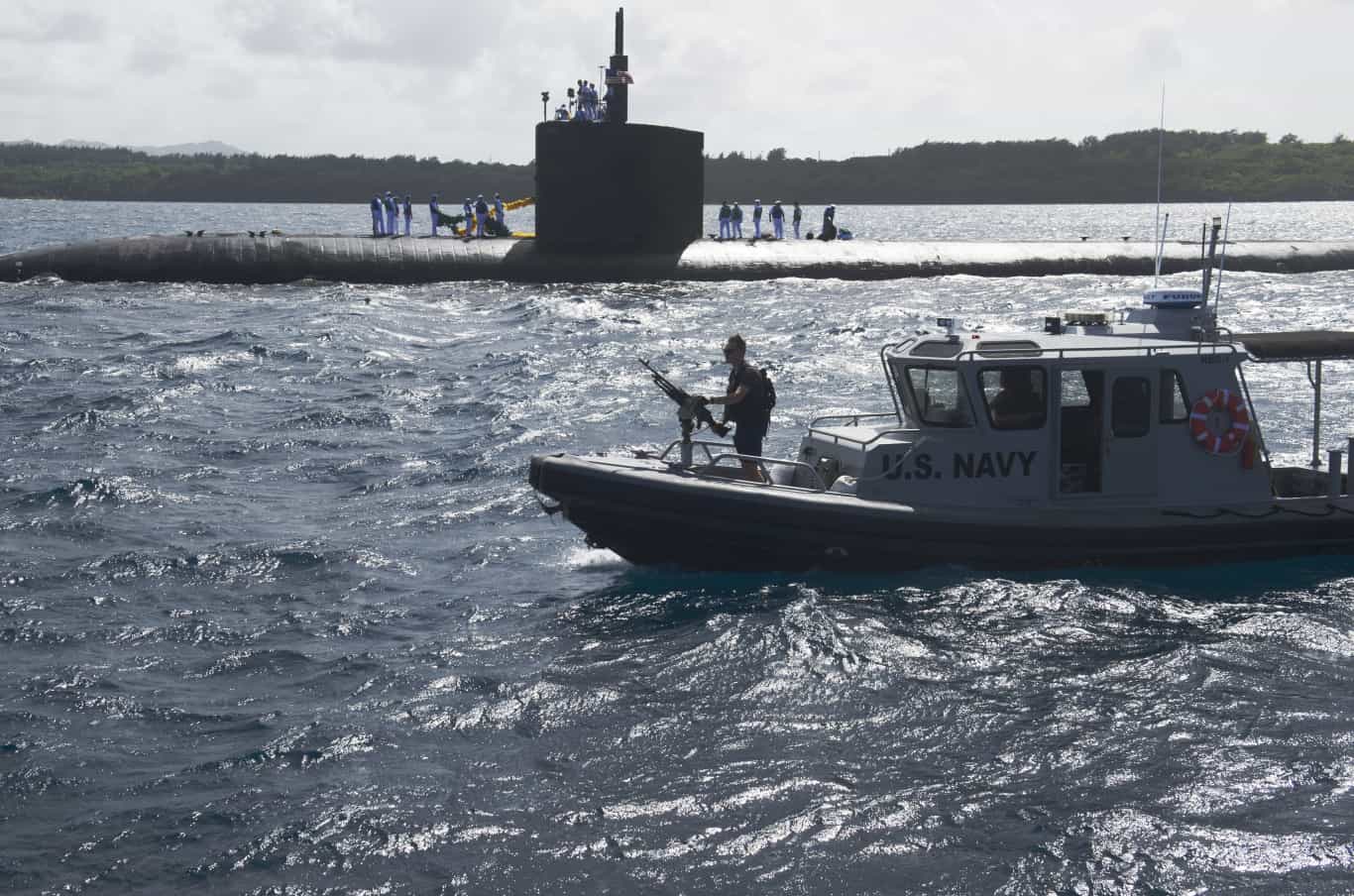
- United States’ estimated capacity: 472 hulls
- China’s estimated capacity: 730 hulls
- Iran’s estimated capacity: 101 hulls
- North Korea’s estimated capacity: 505 hulls
- Russia’s estimated capacity: 781 hulls
Naval power: Navy personnel
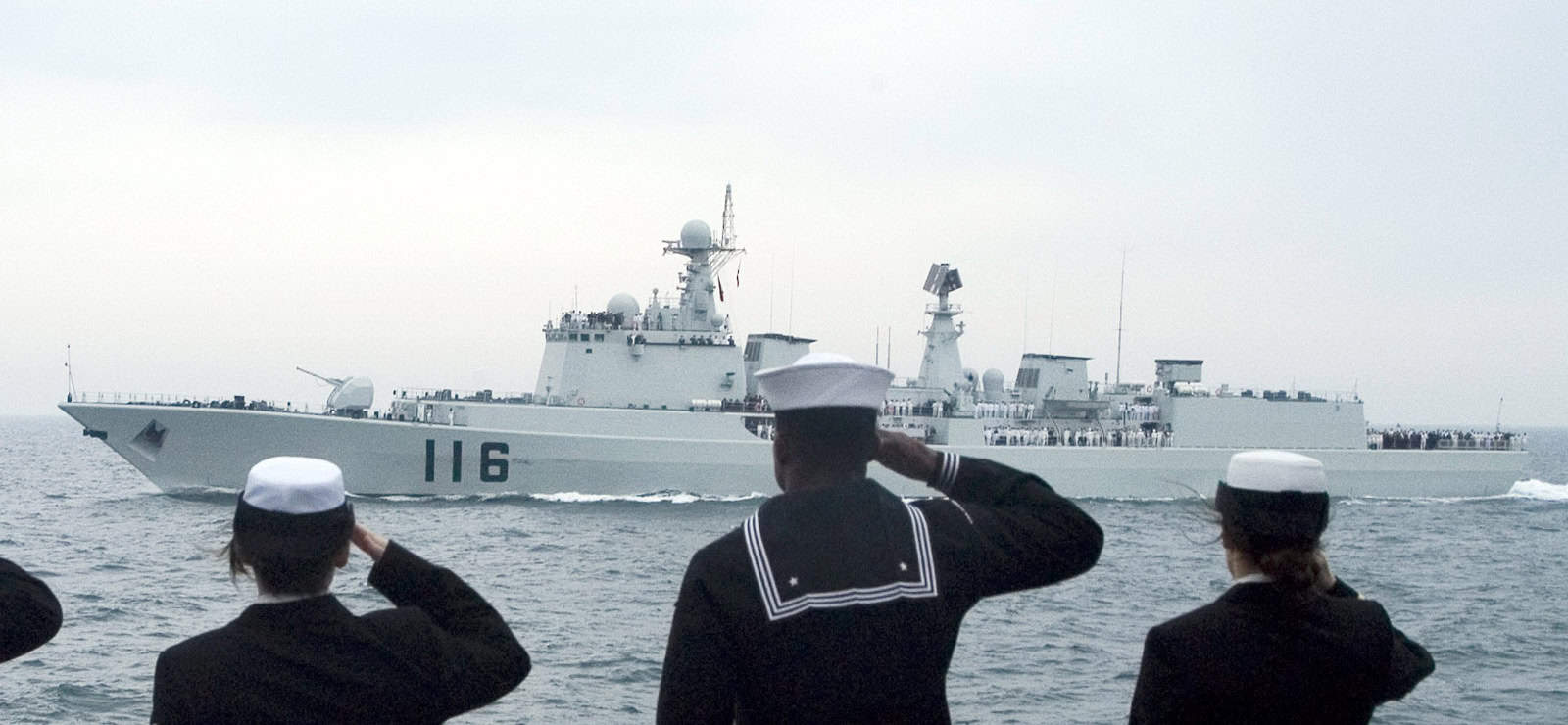
- United States’ estimated capacity: 667,108 troops
- China’s estimated capacity: 380,000 troops
- Iran’s estimated capacity: 18,500 troops
- North Korea’s estimated capacity: 60,000 troops
- Russia’s estimated capacity: 160,000 troops
WMD: Nuclear weapons
- United States’ estimated capacity: 5,748 warheads
- China’s estimated capacity: 500 warheads
- Iran’s estimated capacity: None
- North Korea’s estimated capacity: 50 warheads
- Russia’s estimated capacity: 5,580 warheads
Get Ready To Retire (Sponsored)
Start by taking a quick retirement quiz from SmartAsset that will match you with up to 3 financial advisors that serve your area and beyond in 5 minutes, or less.
Each advisor has been vetted by SmartAsset and is held to a fiduciary standard to act in your best interests.
Here’s how it works:
1. Answer SmartAsset advisor match quiz
2. Review your pre-screened matches at your leisure. Check out the advisors’ profiles.
3. Speak with advisors at no cost to you. Have an introductory call on the phone or introduction in person and choose whom to work with in the future
Thank you for reading! Have some feedback for us?
Contact the 24/7 Wall St. editorial team.
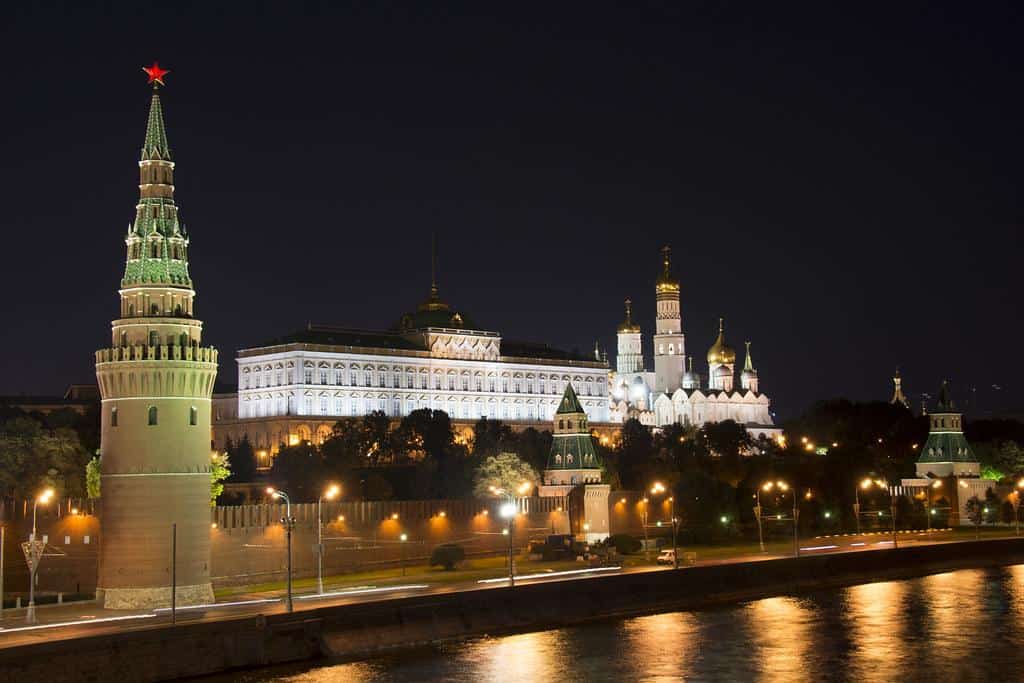

![2013 US Army Reserve Best Warrior Competiton: 10km Ruck March [Image 10 of 30] by DVIDSHUB 2013 US Army Reserve Best Warrior Competiton: 10km Ruck March [Image 10 of 30] by DVIDSHUB](https://a673b.bigscoots-temp.com/wp-content/uploads/2024/07/imageForEntry7-WO2.jpg)
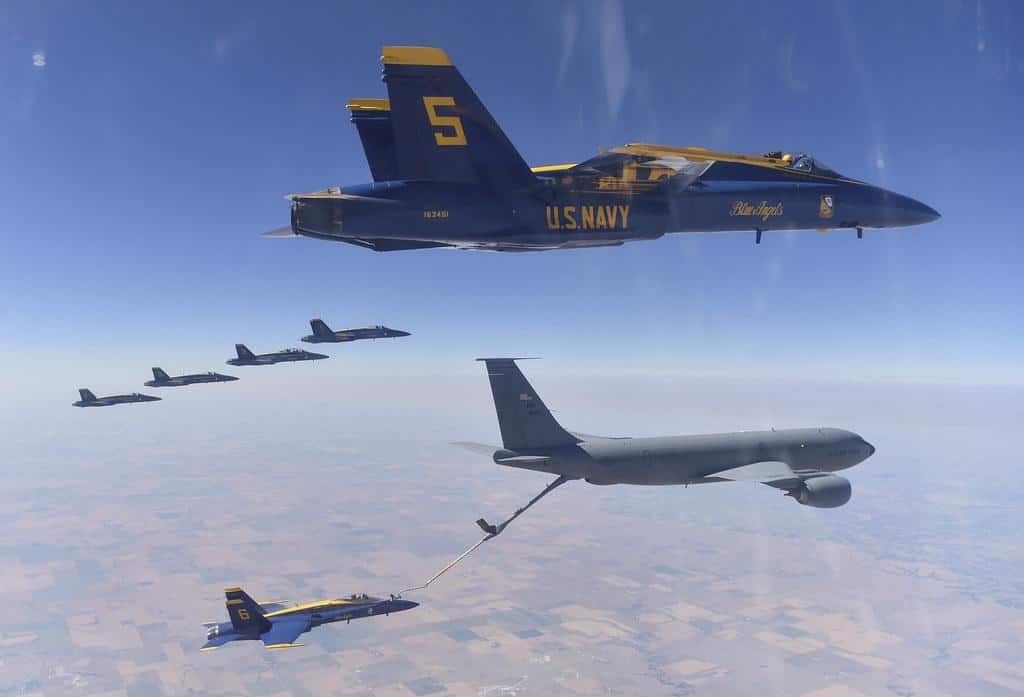
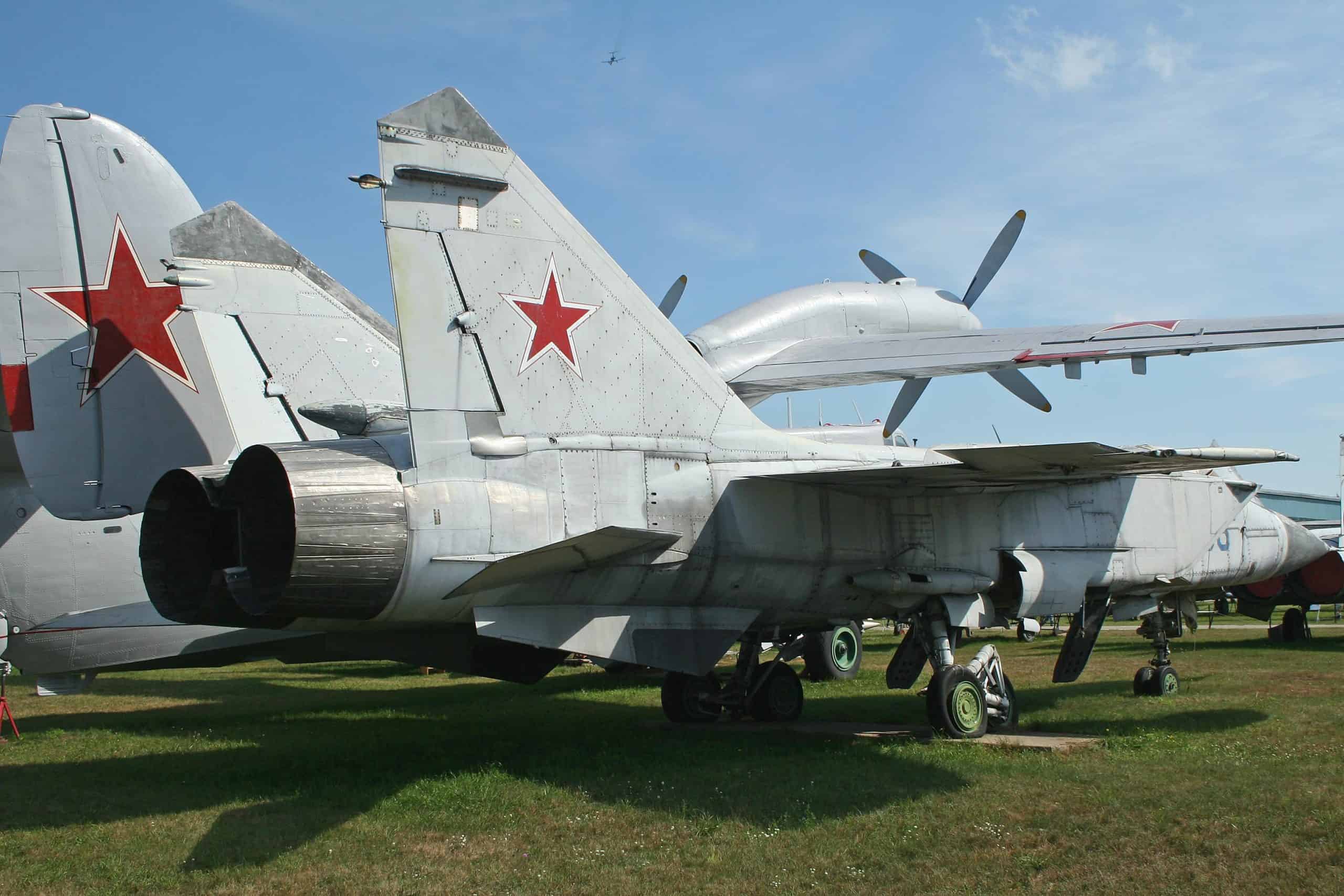
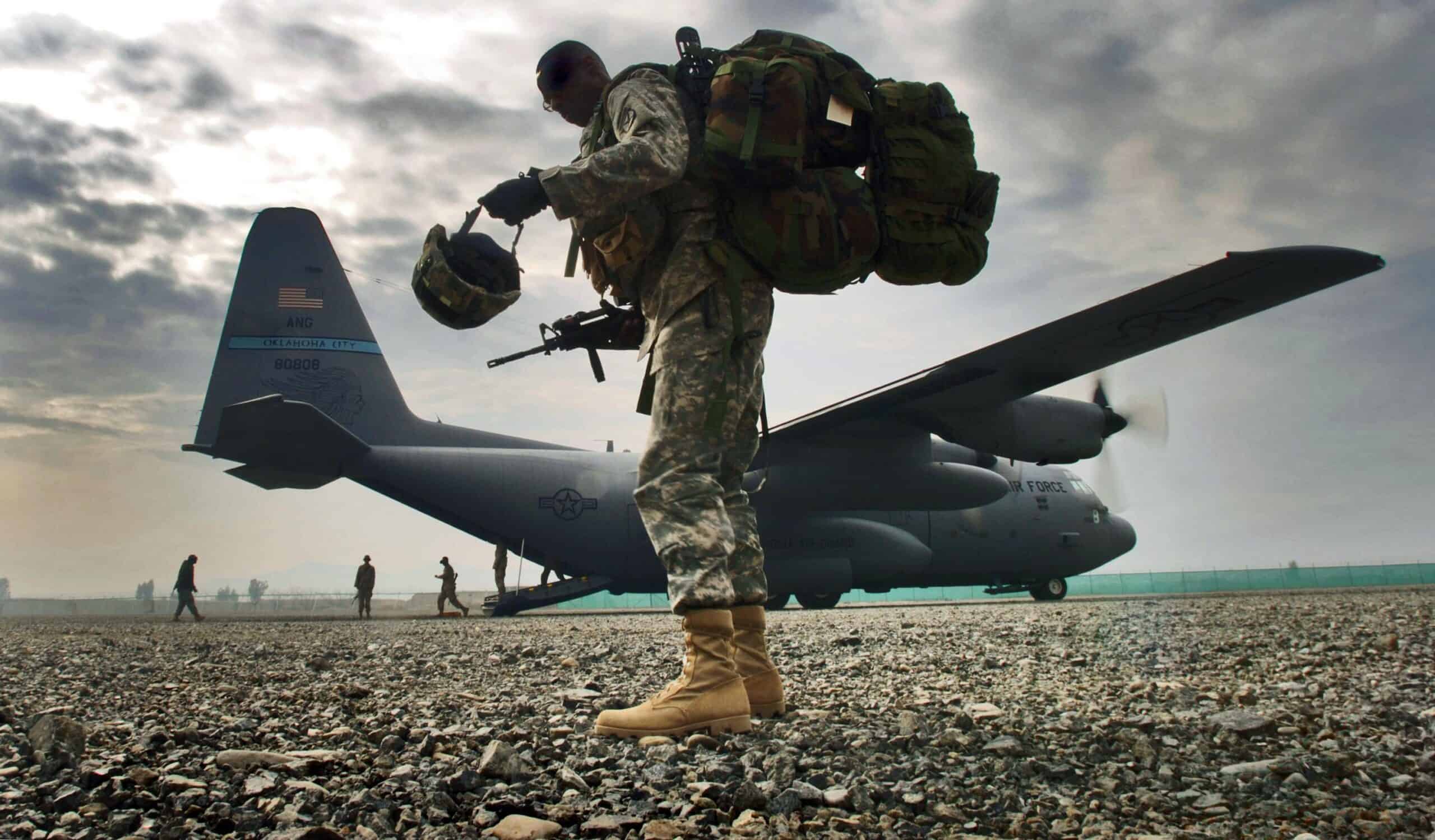
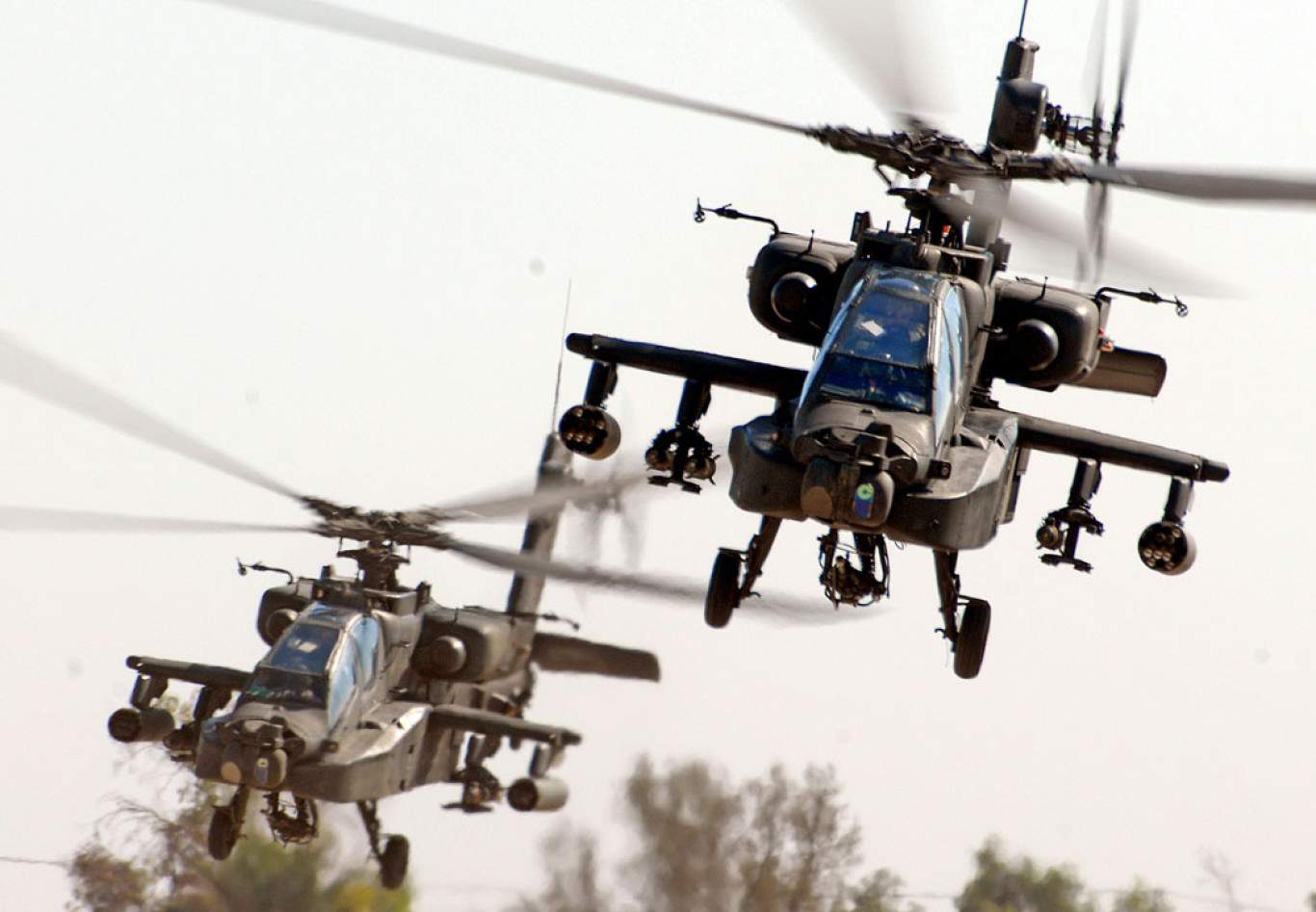
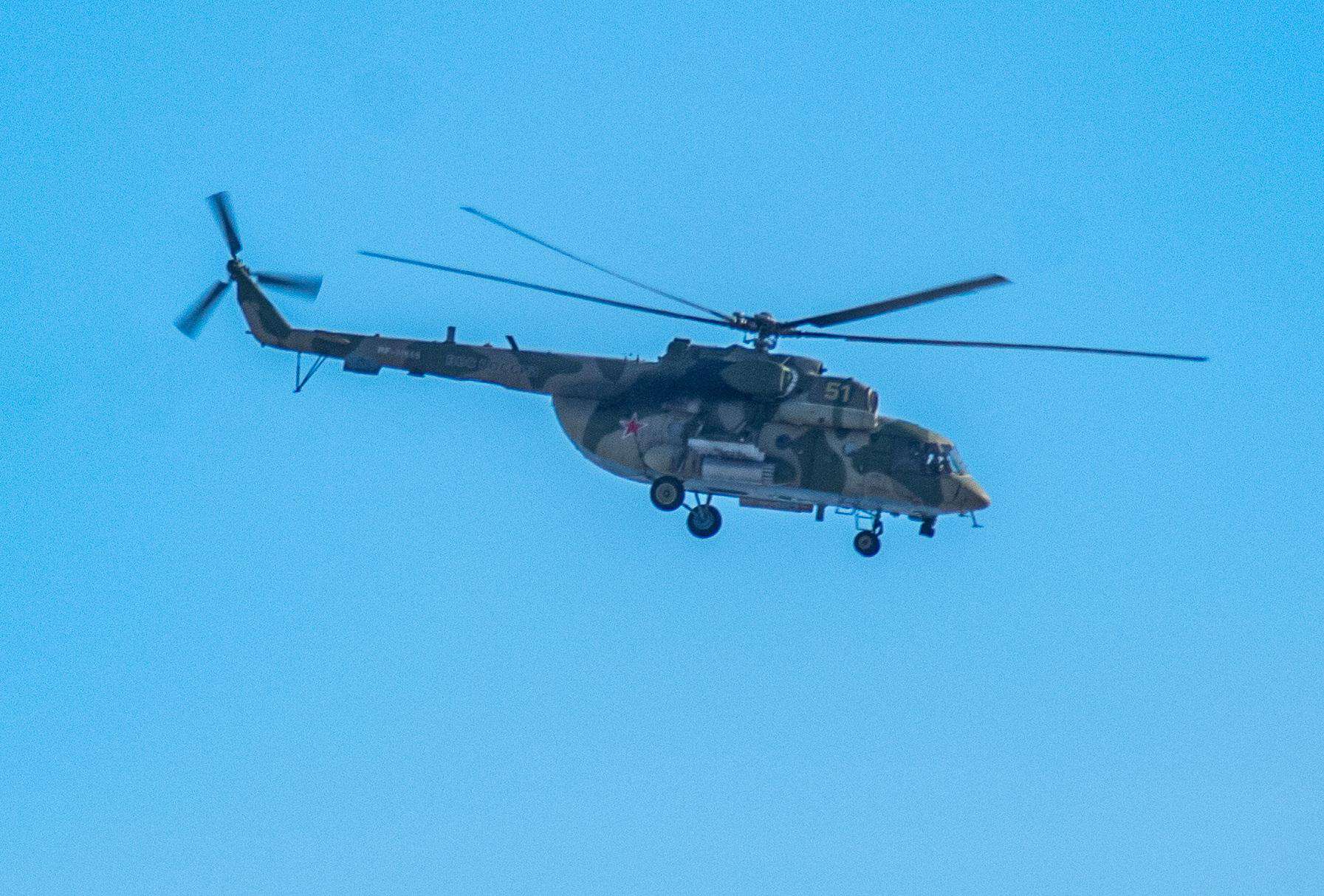
![US Air Force Weapons School [Image 20 of 24] by DVIDSHUB US Air Force Weapons School [Image 20 of 24] by DVIDSHUB](https://a673b.bigscoots-temp.com/wp-content/uploads/2024/07/imageForEntry19-zKi.jpg)
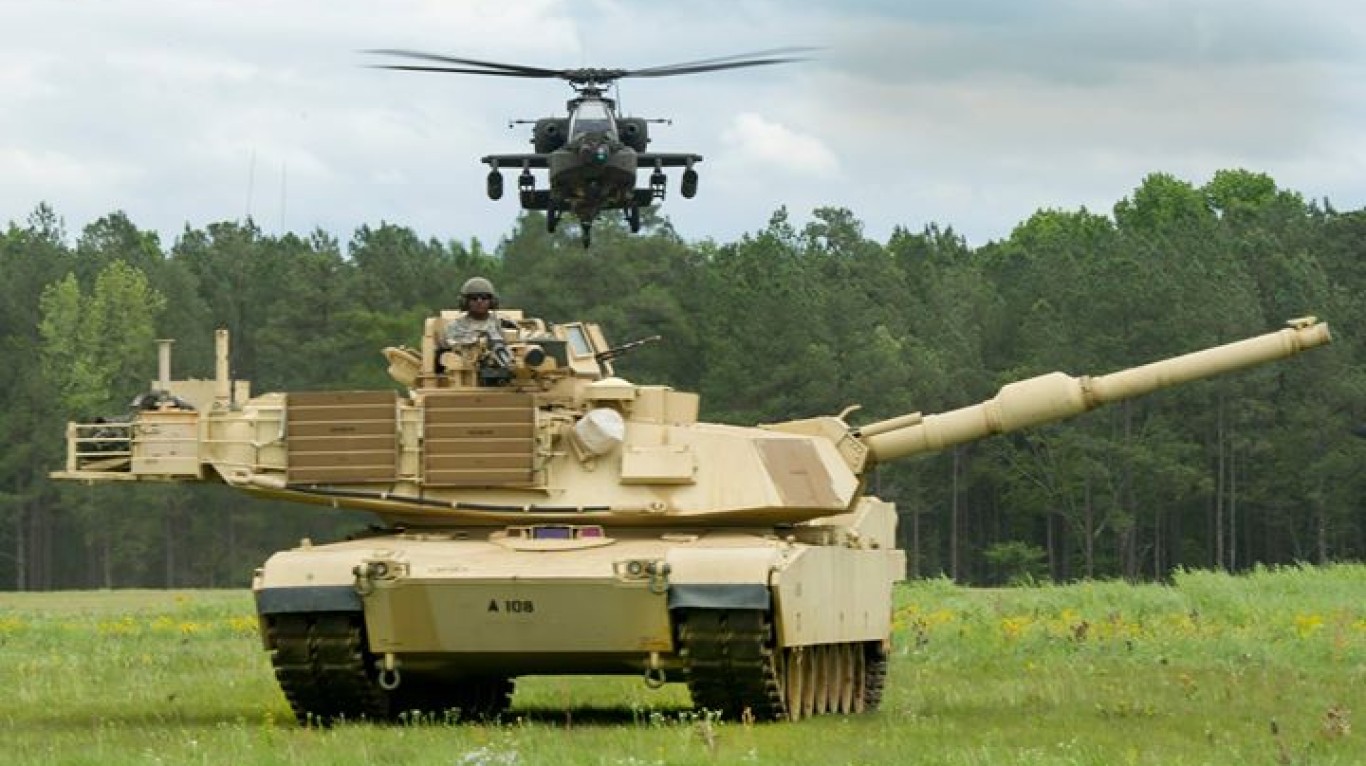
![Missile on the way!! [Image 4 of 5] by DVIDSHUB Missile on the way!! [Image 4 of 5] by DVIDSHUB](https://a673b.bigscoots-temp.com/wp-content/uploads/2024/08/imageForEntry24-DCu.jpg)
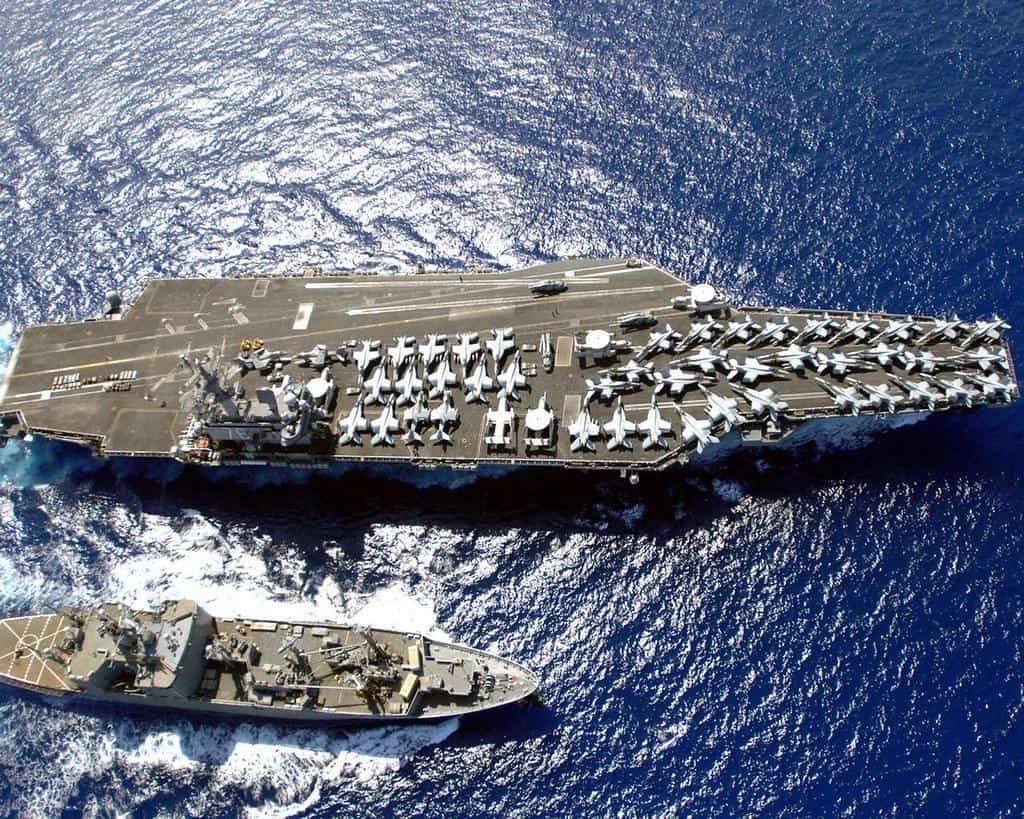
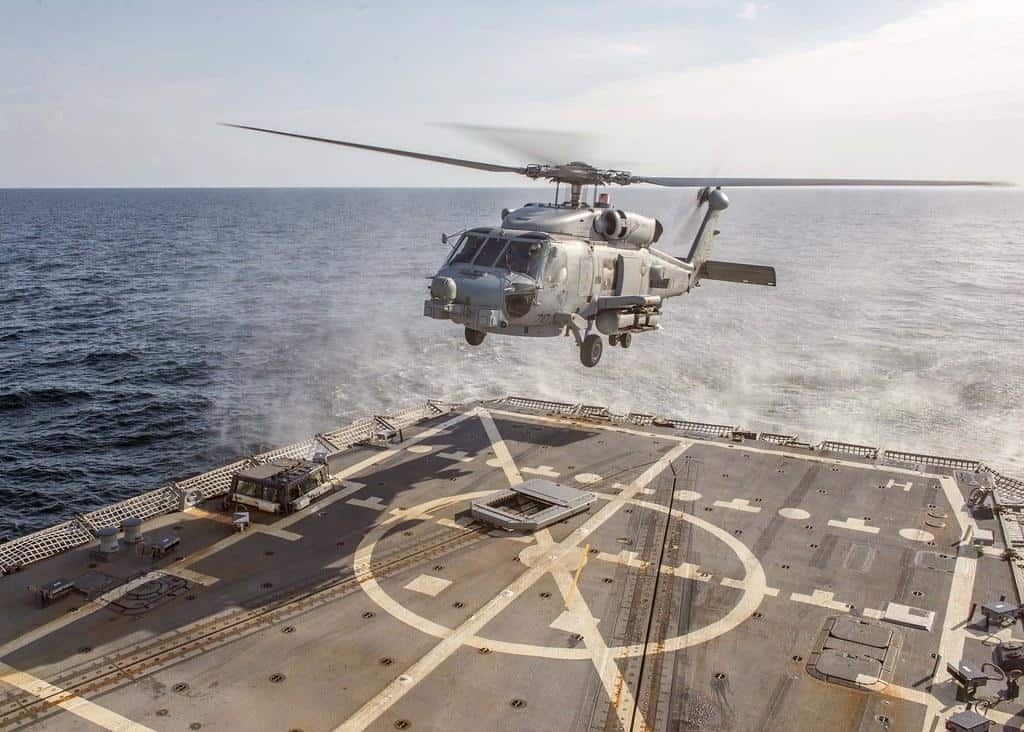
![Frigate Yueyang was commissioned for the South China Sea fleet of the People's Liberation Army (PLA) Navy in Sanya, south China's Hainan Province, May 3, 2013. [Photo: Xinhua] by Asitimes Frigate Yueyang was commissioned for the South China Sea fleet of the People's Liberation Army (PLA) Navy in Sanya, south China's Hainan Province, May 3, 2013. [Photo: Xinhua] by Asitimes](https://a673b.bigscoots-temp.com/wp-content/uploads/2024/08/imageForEntry31-iti.jpg)
